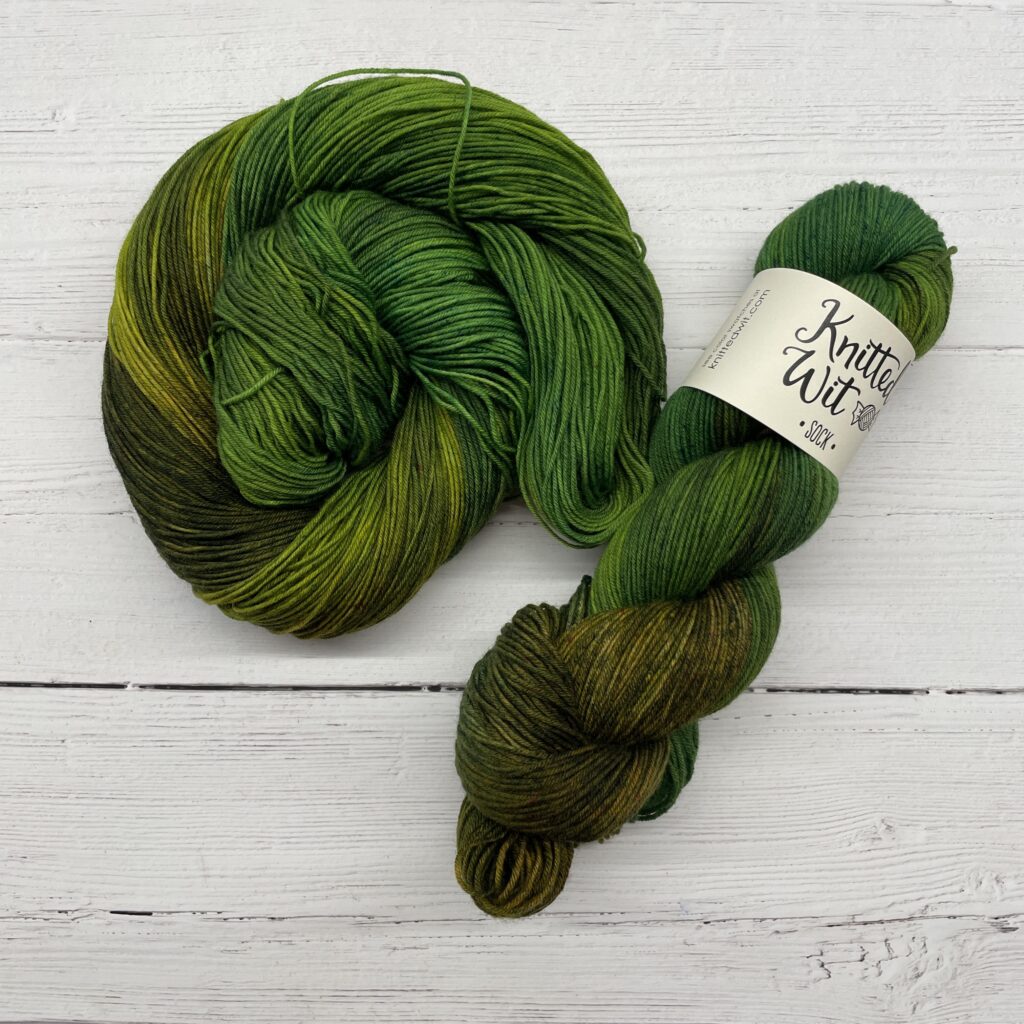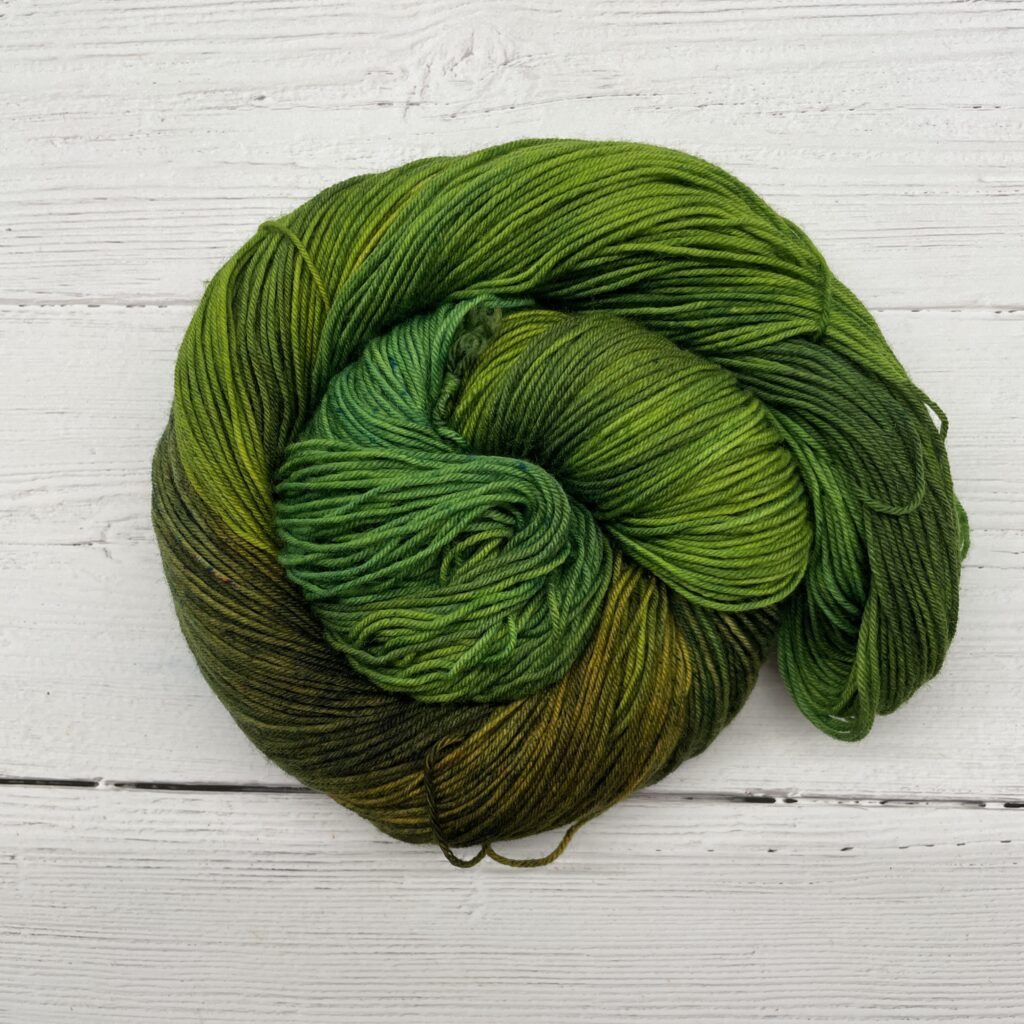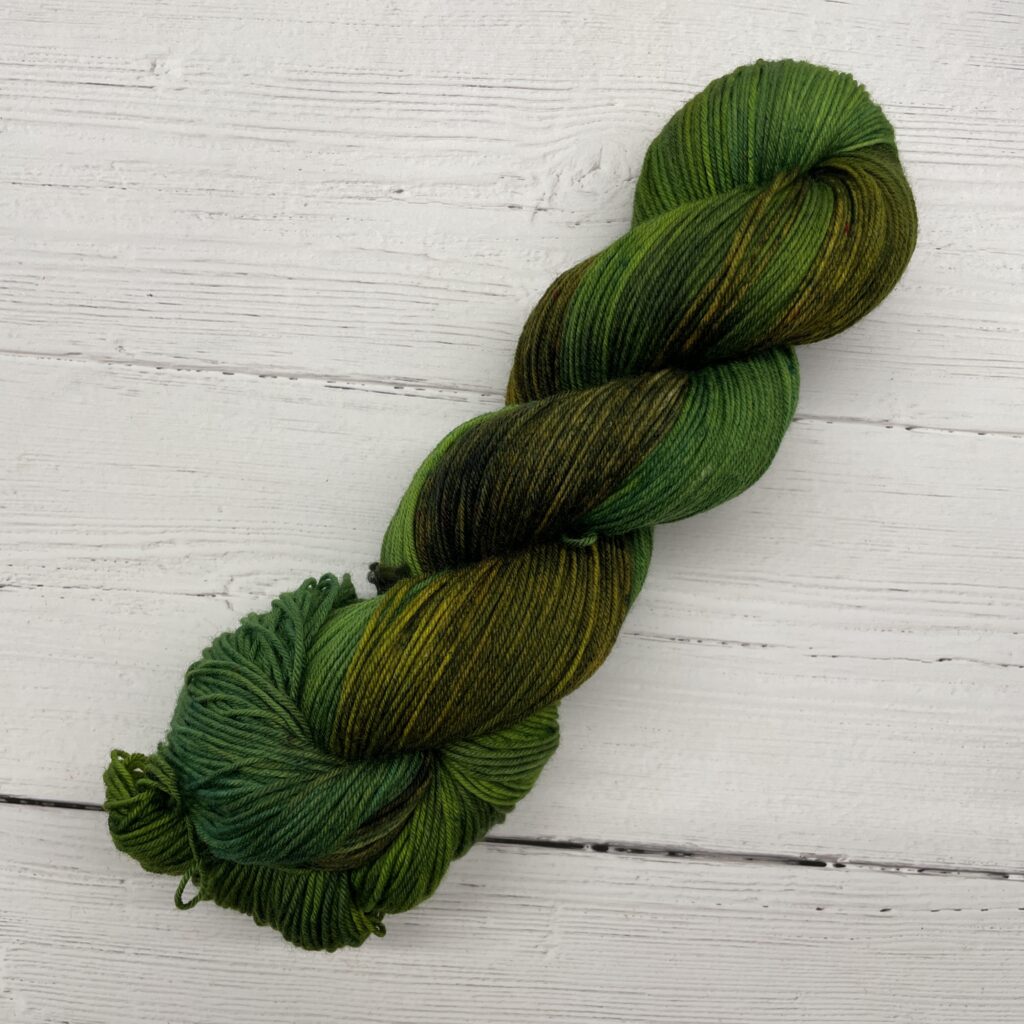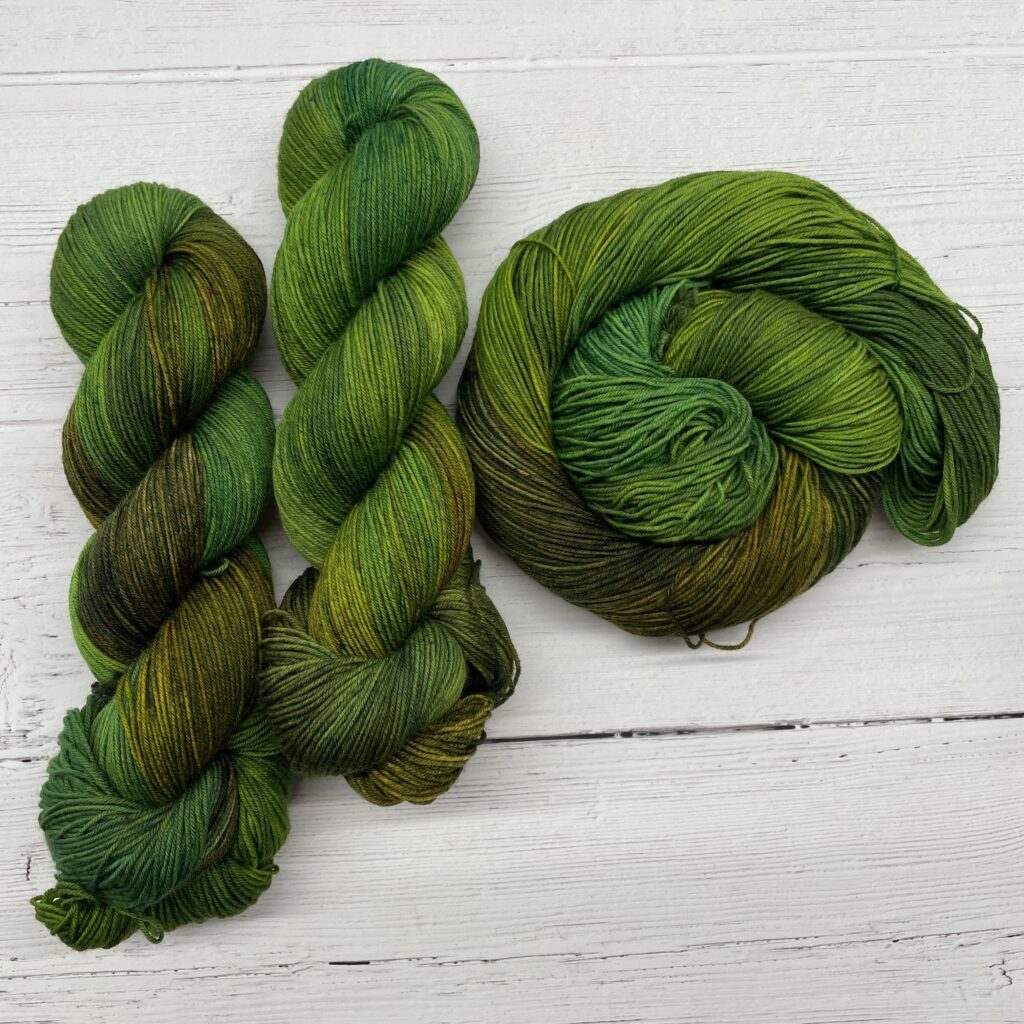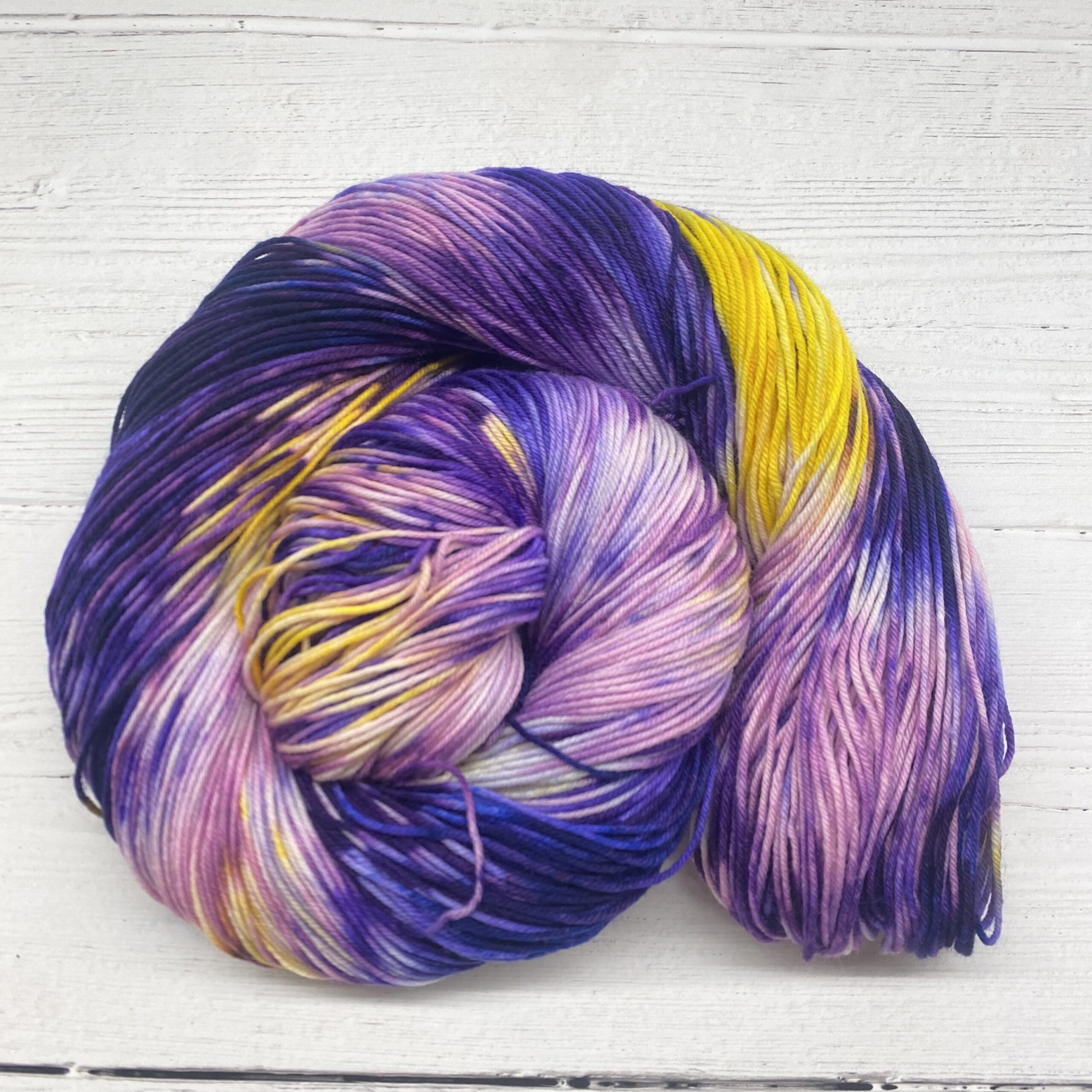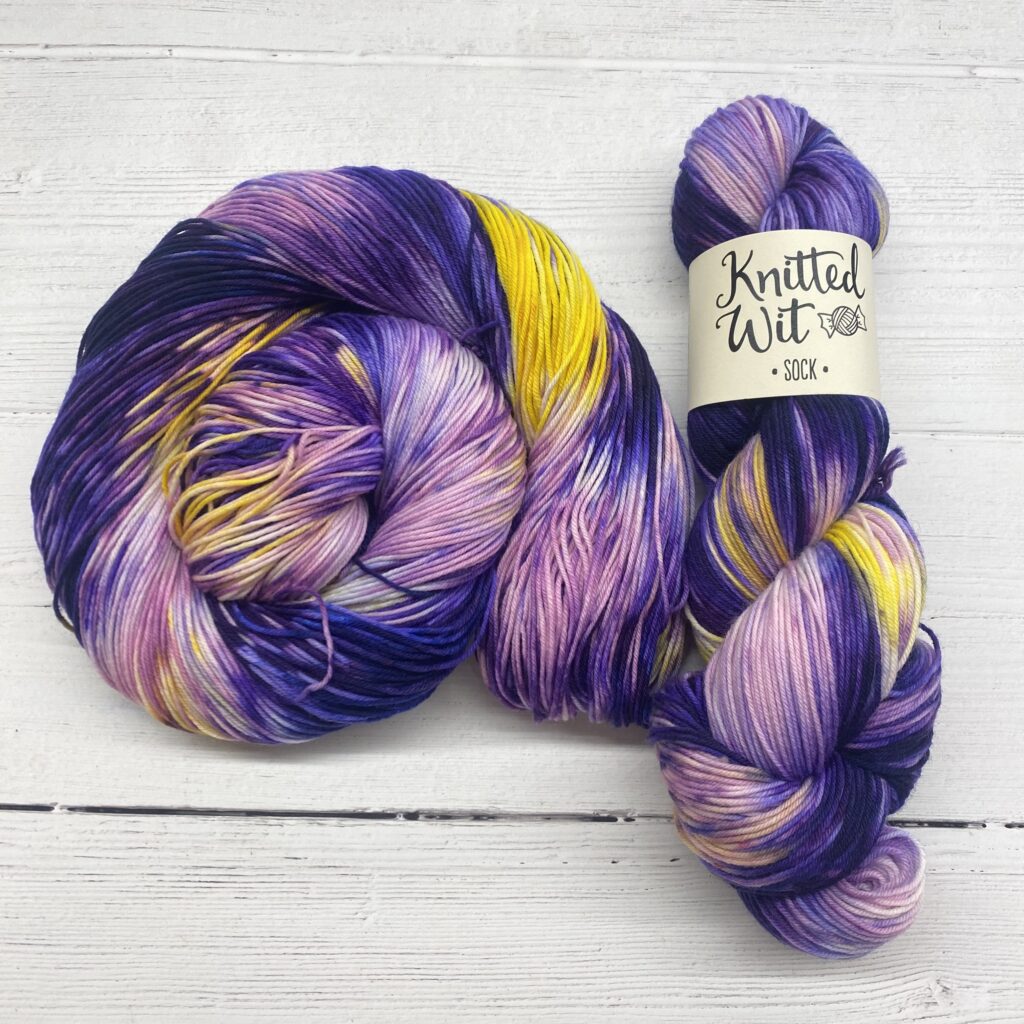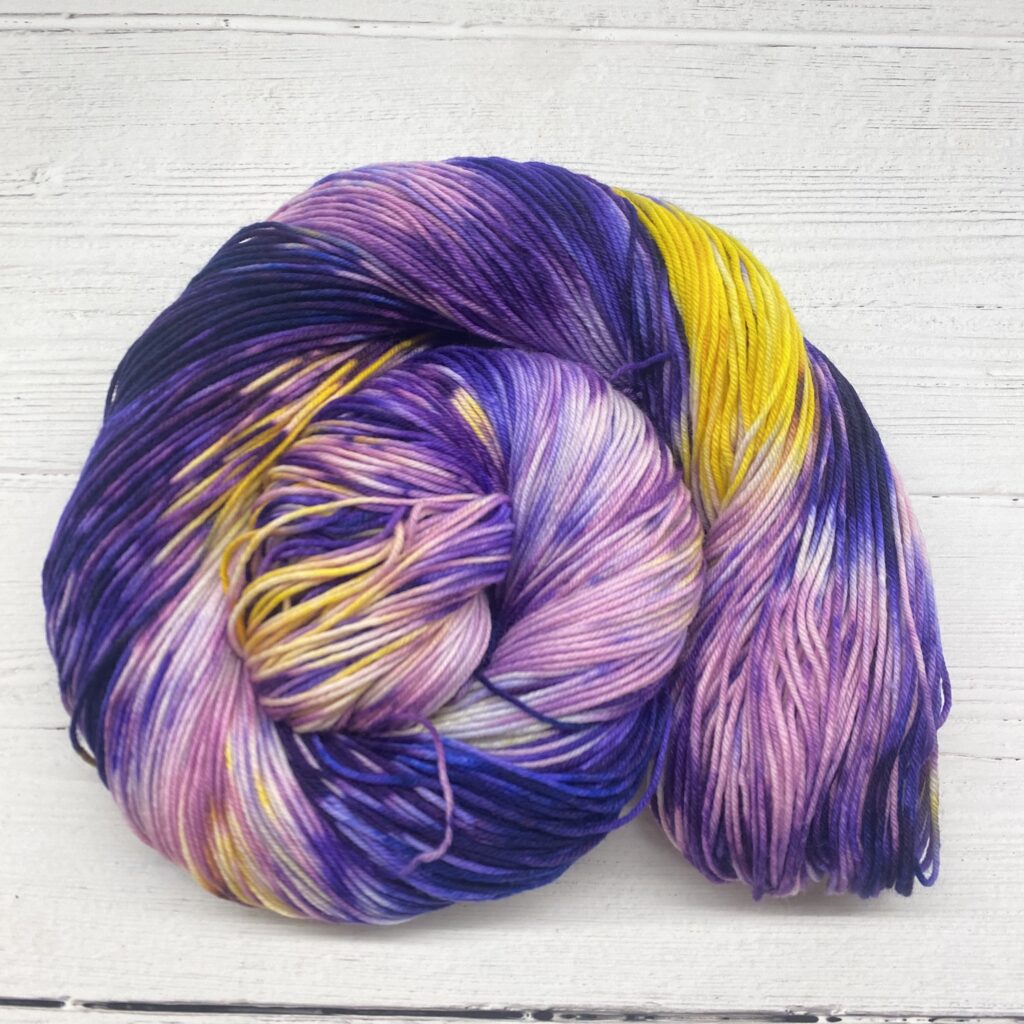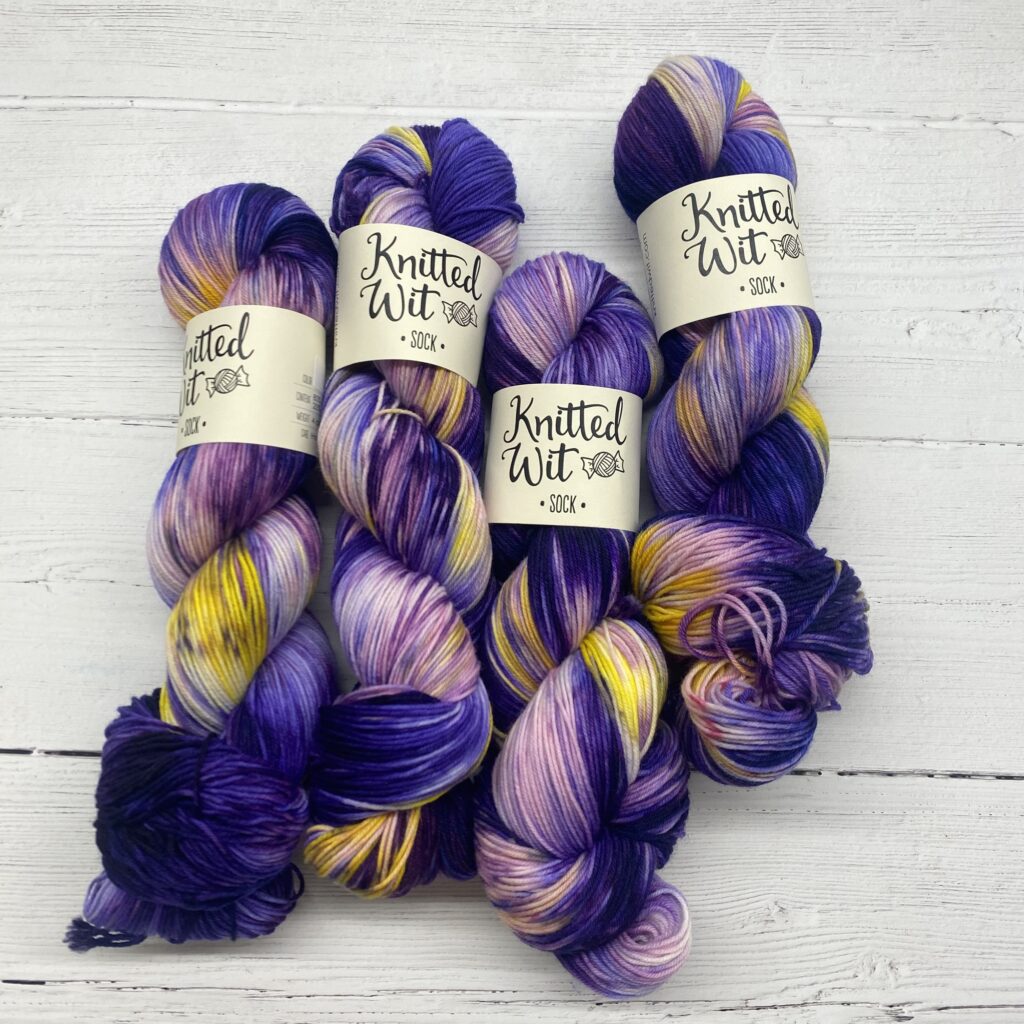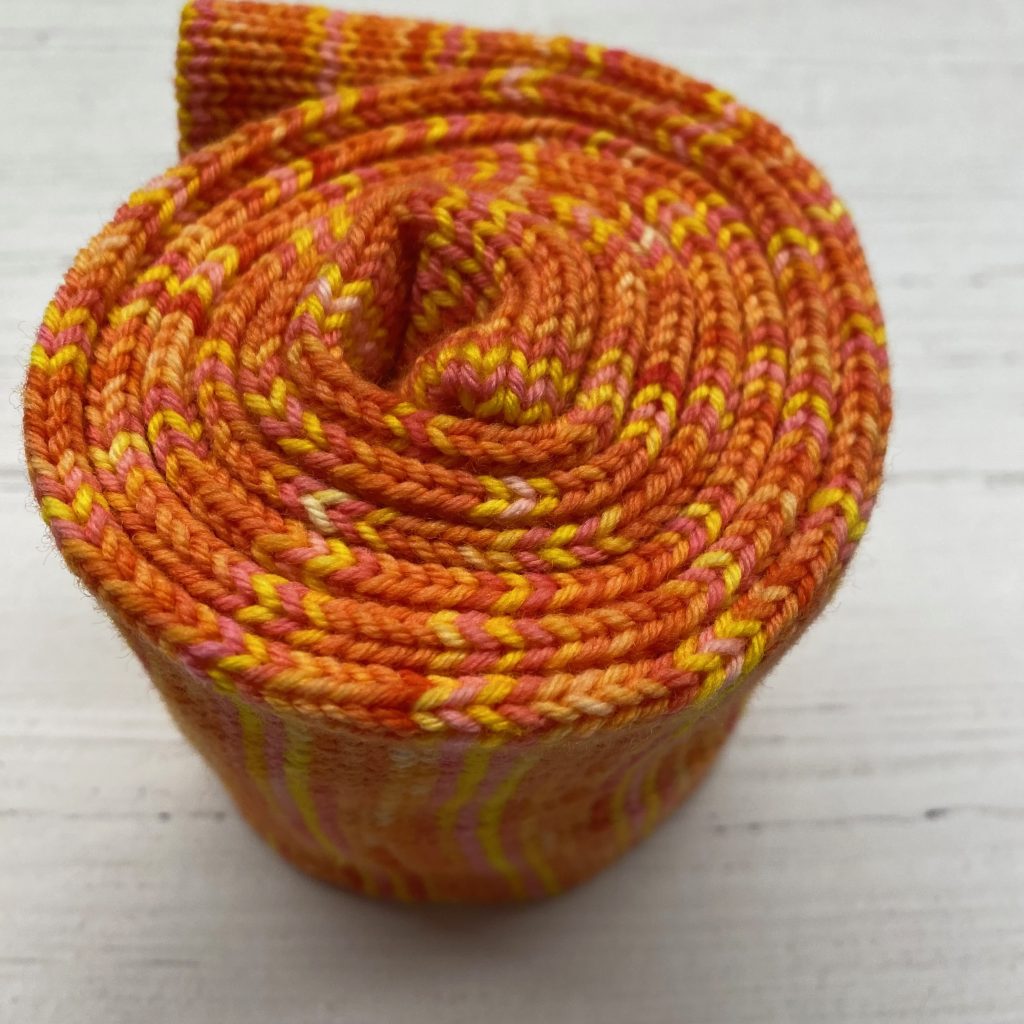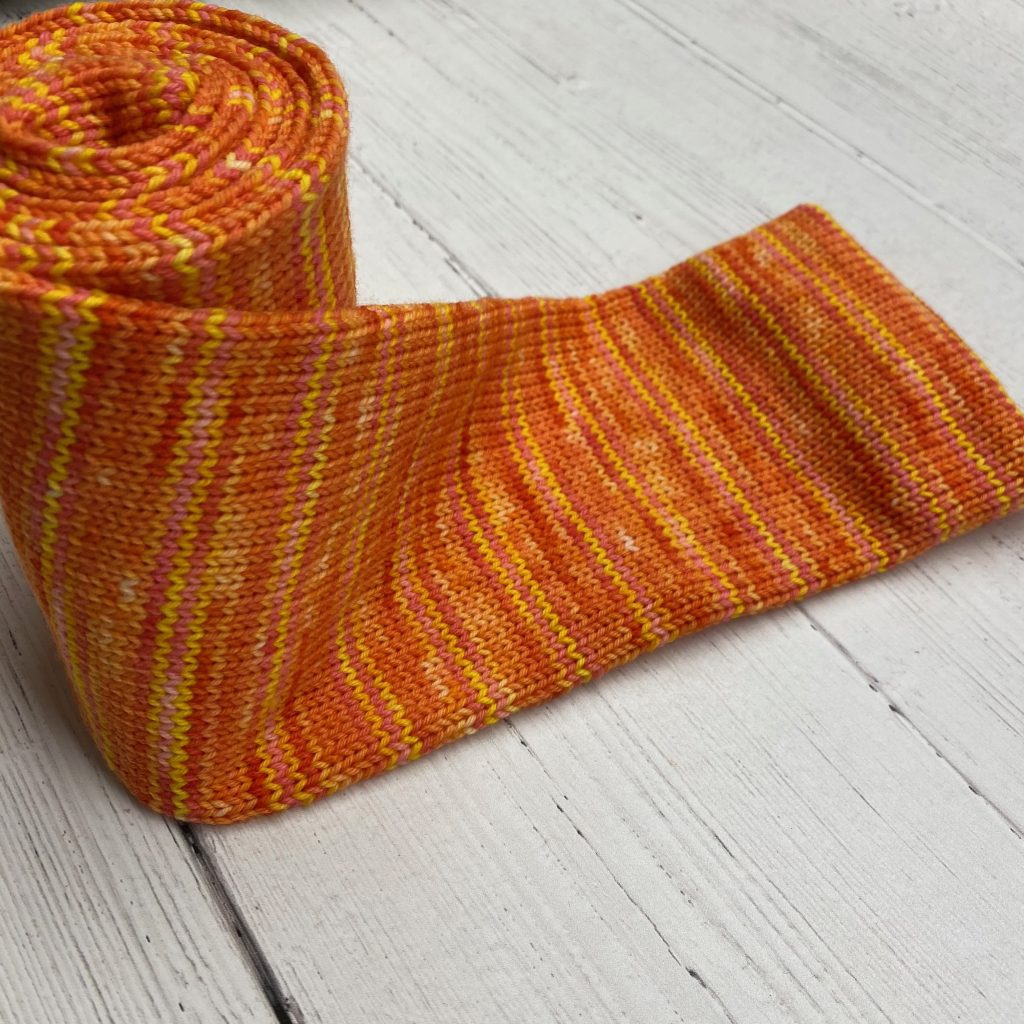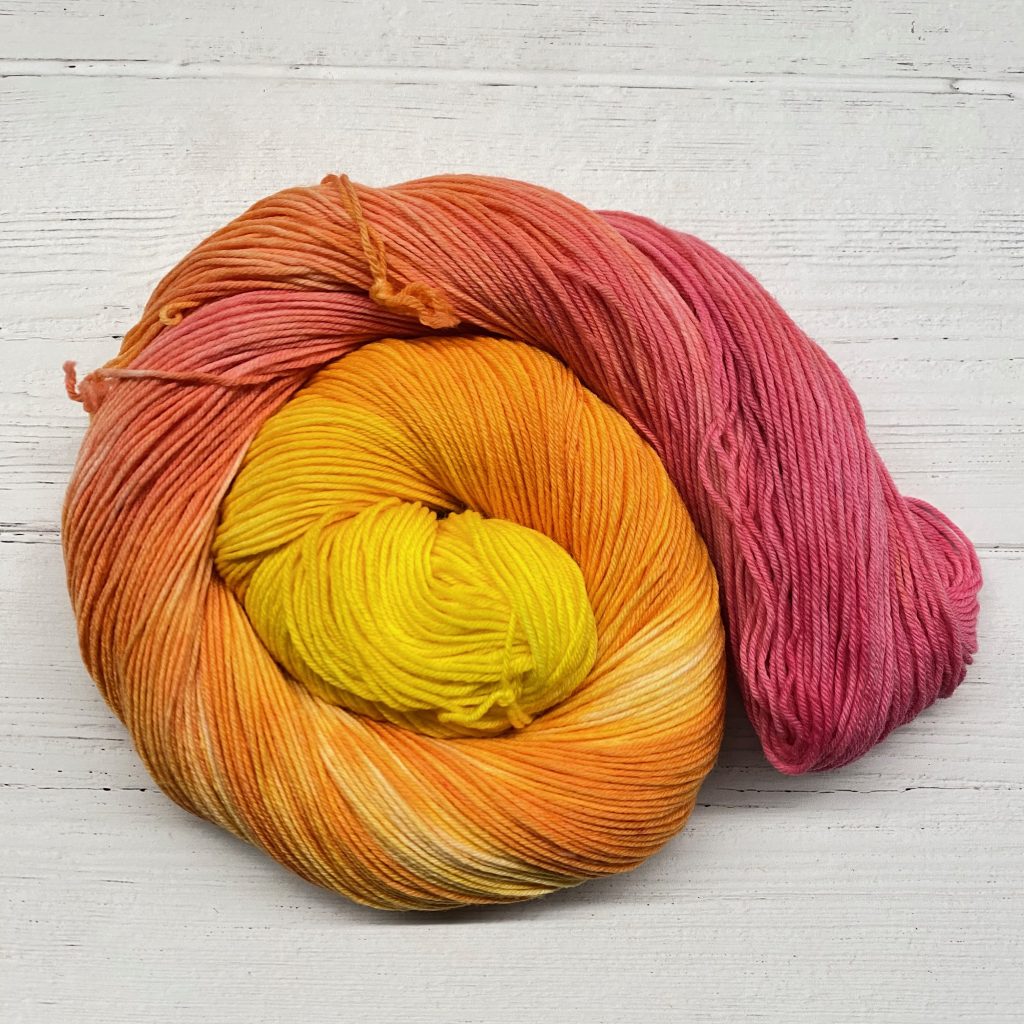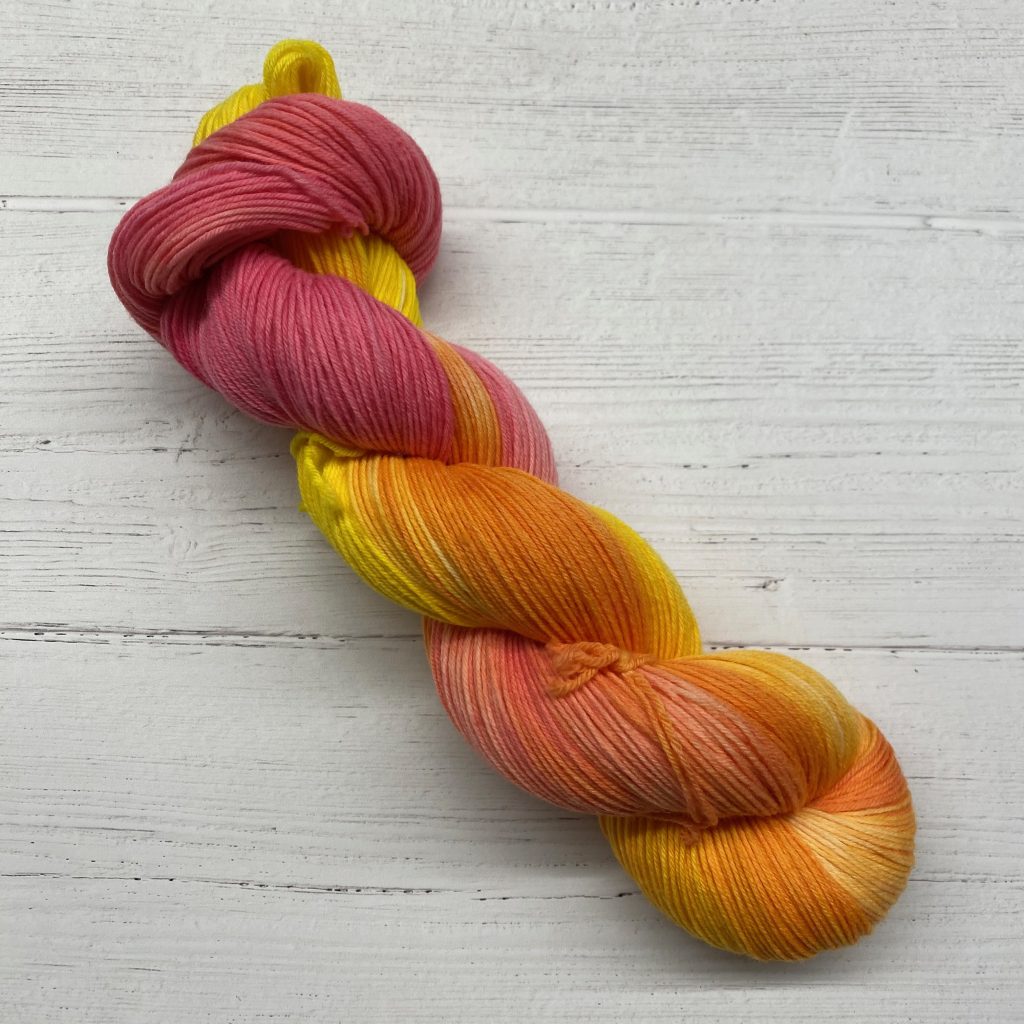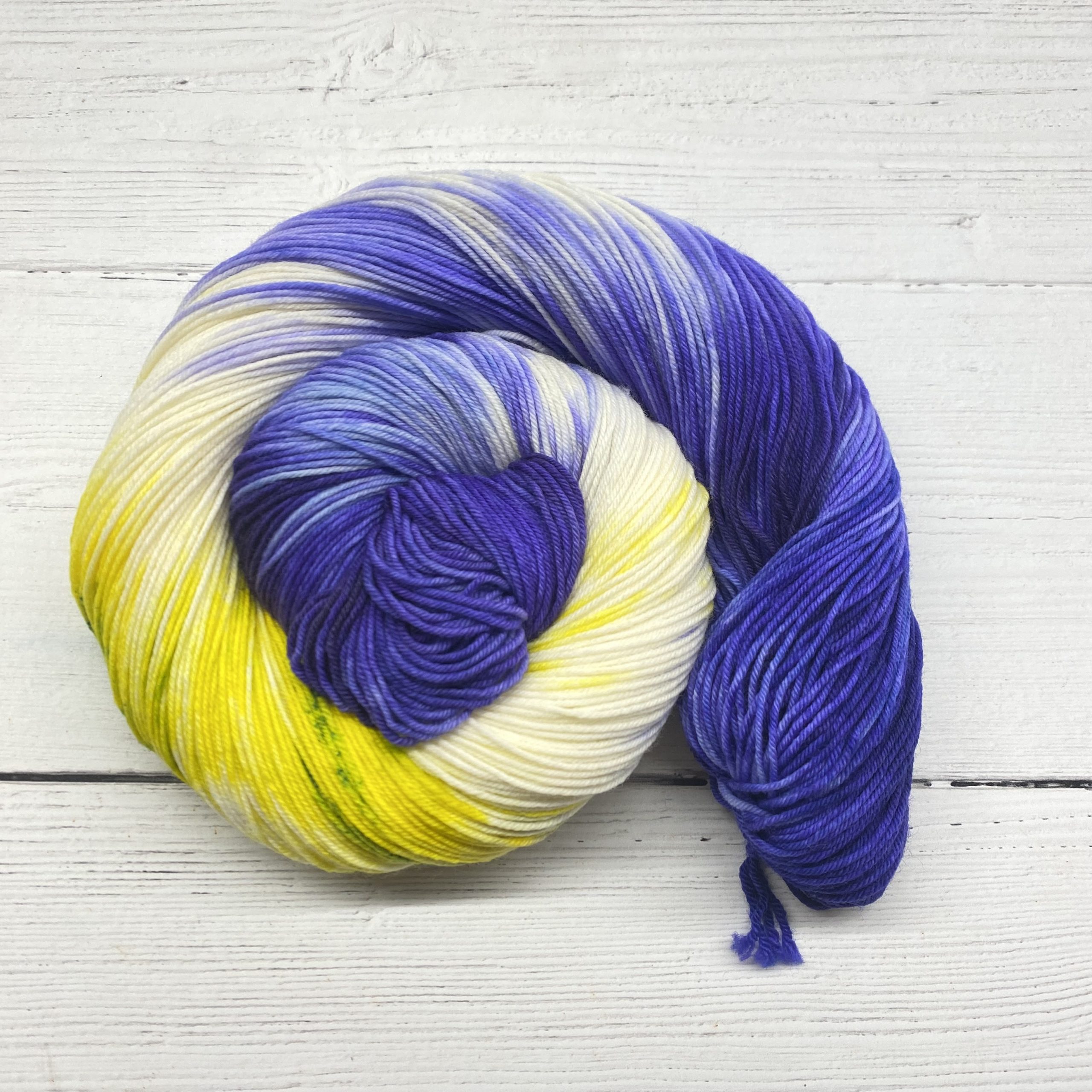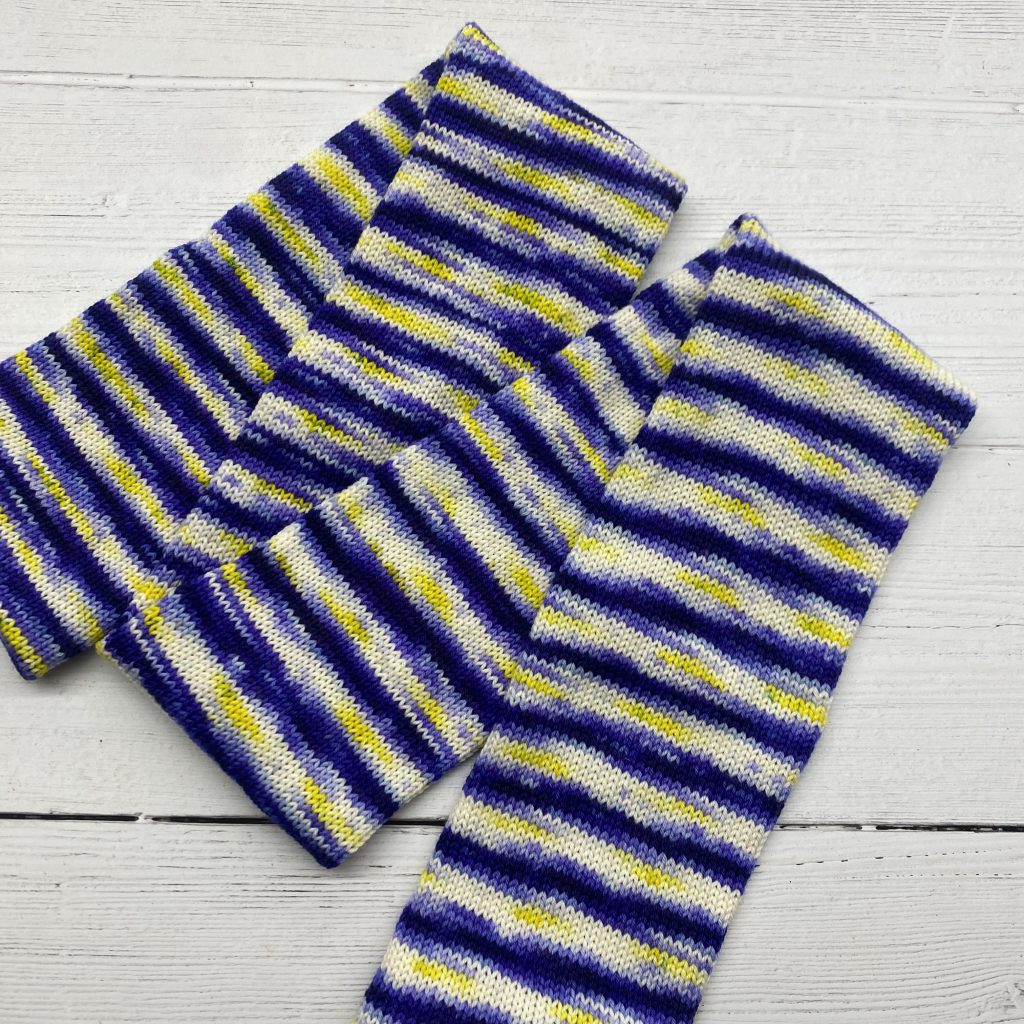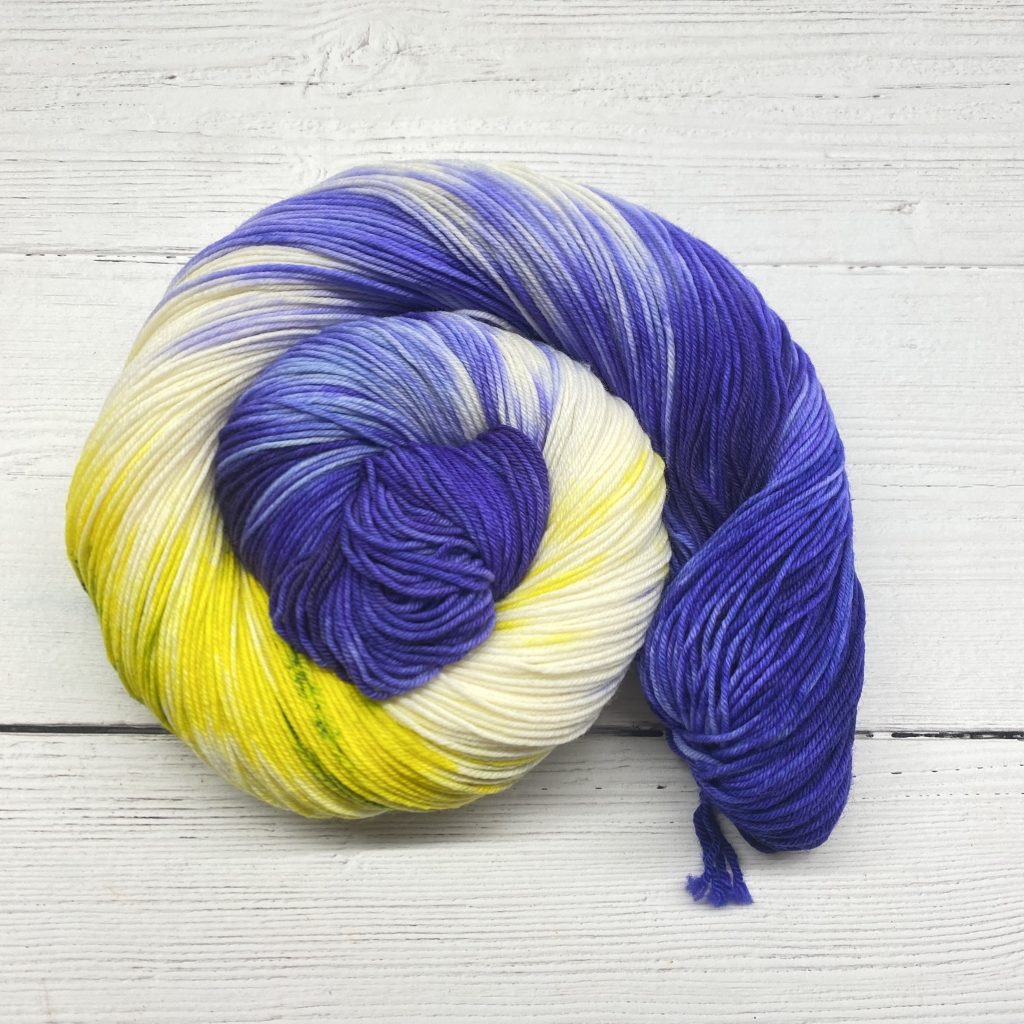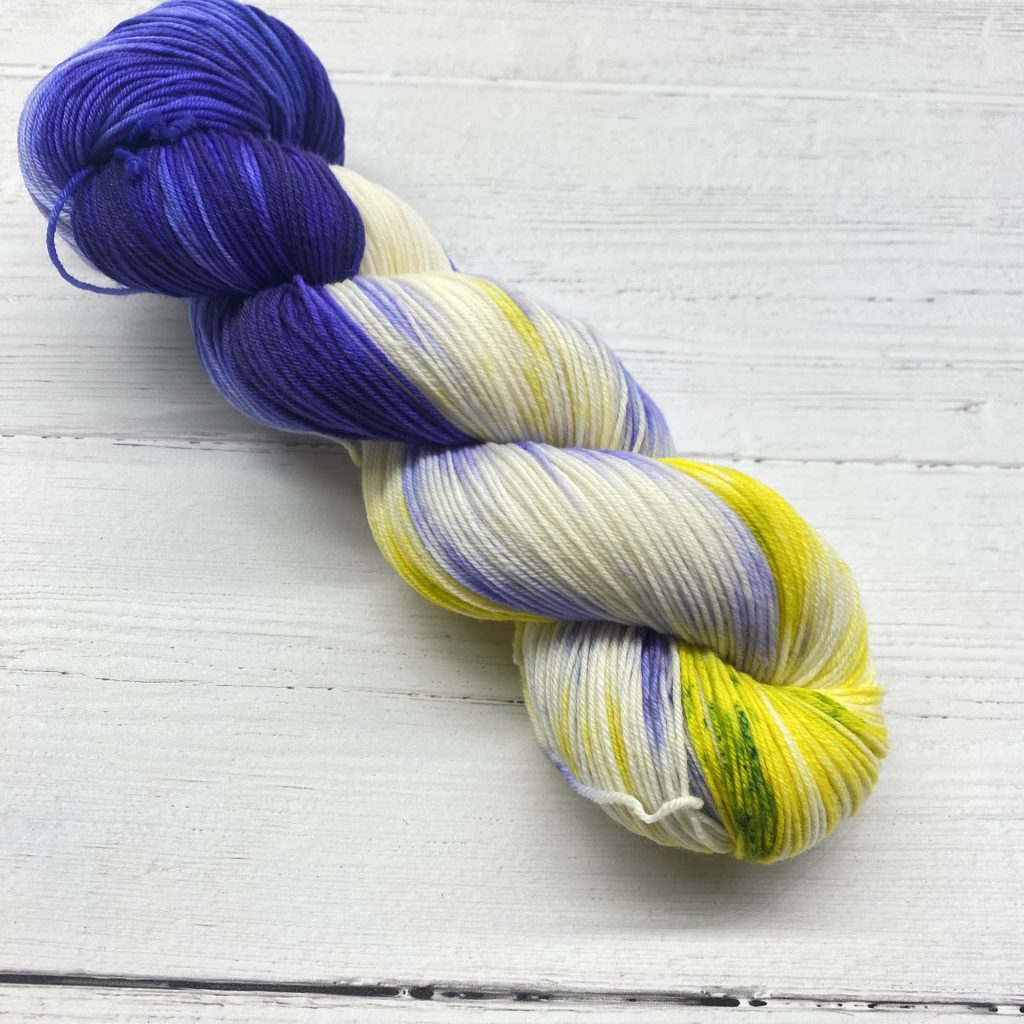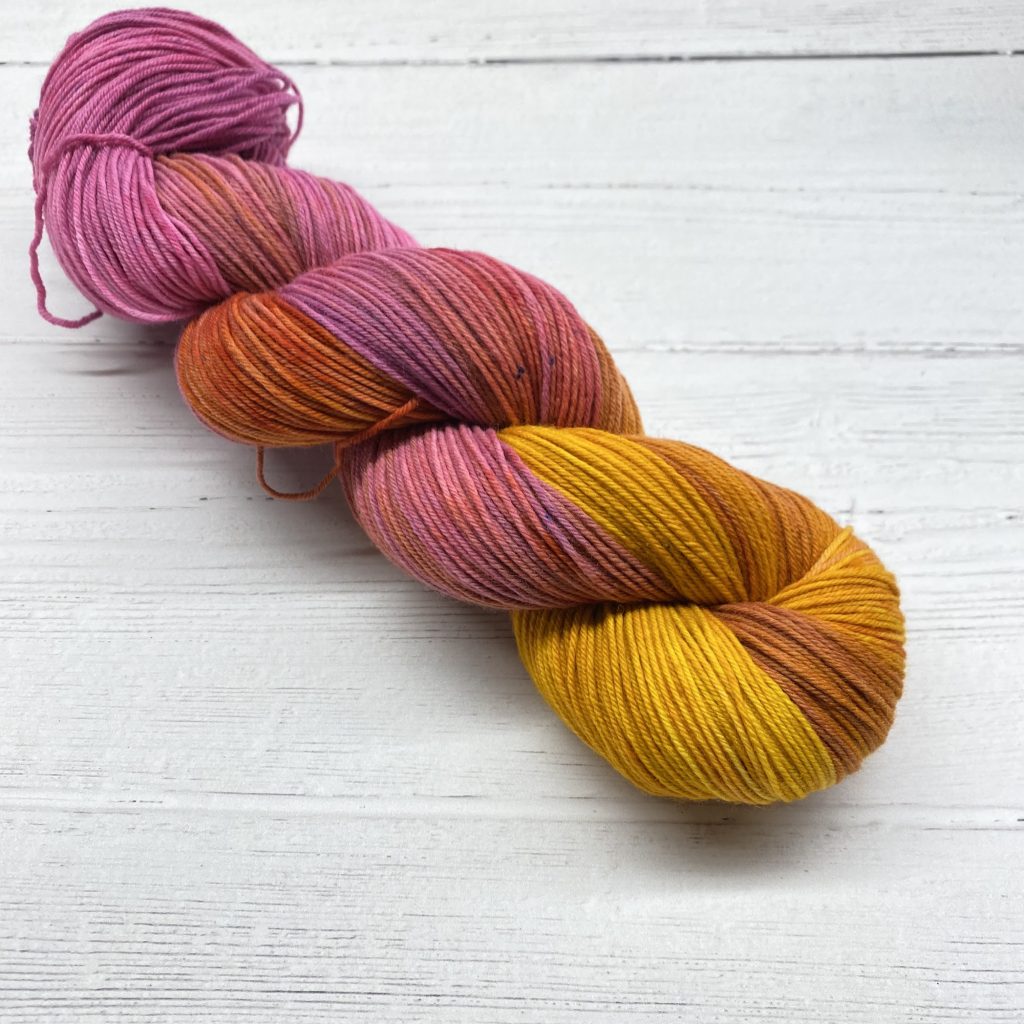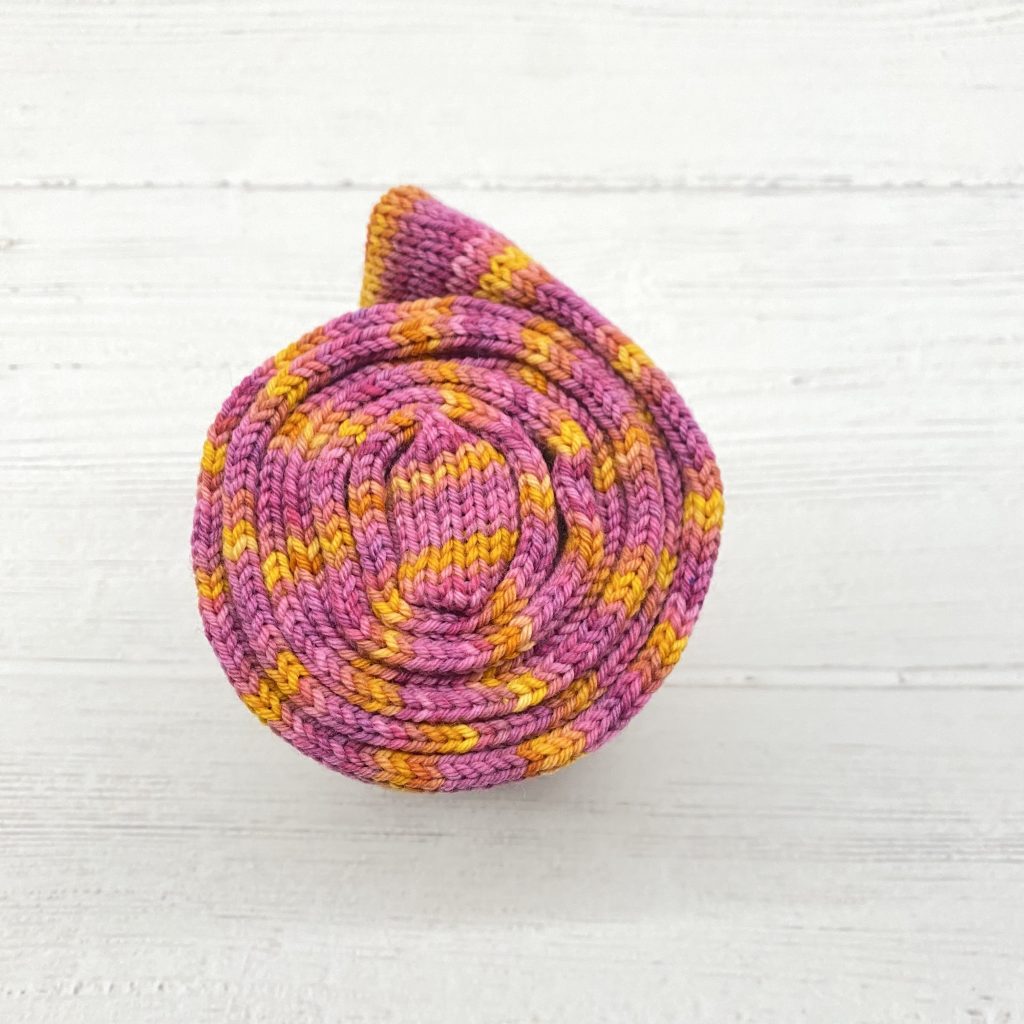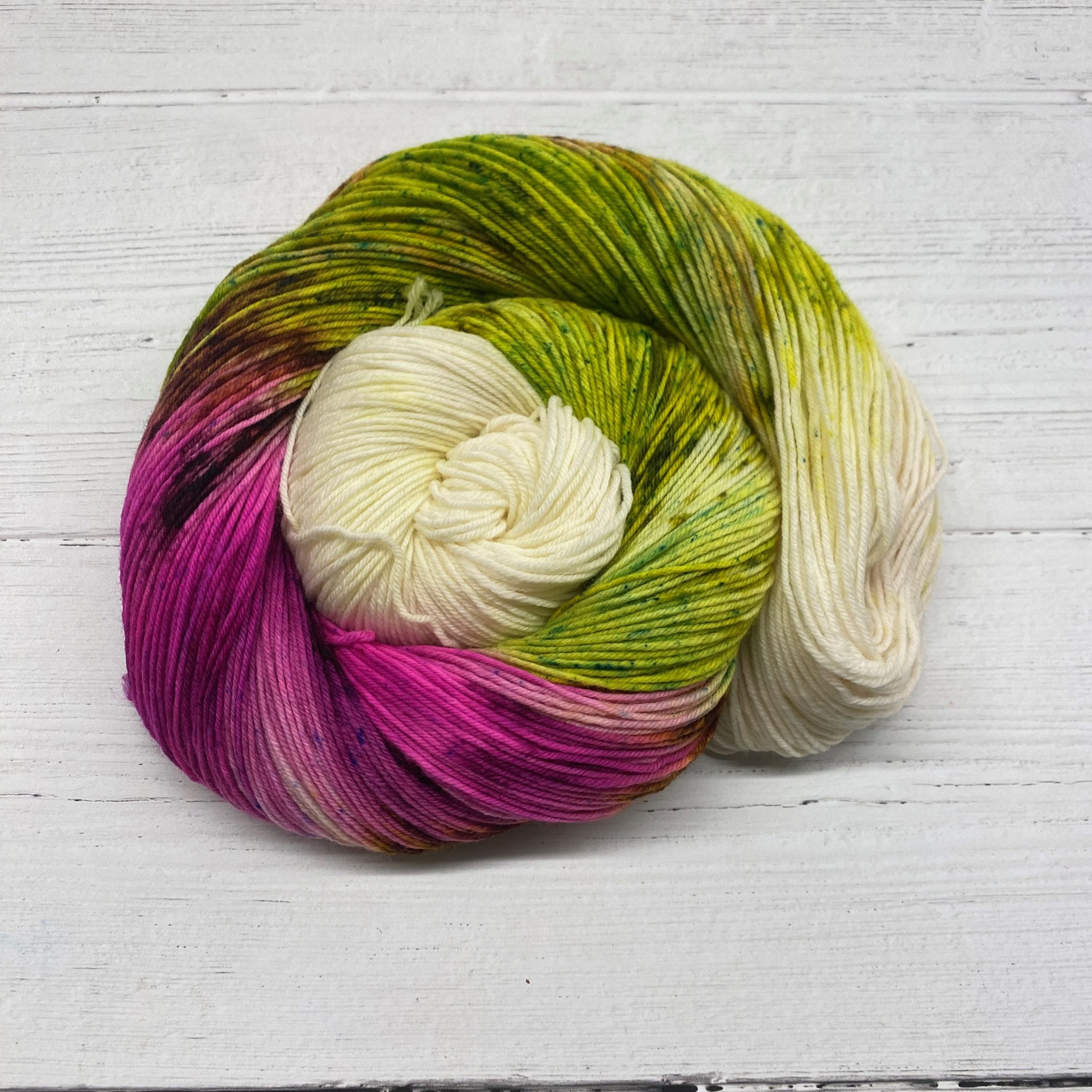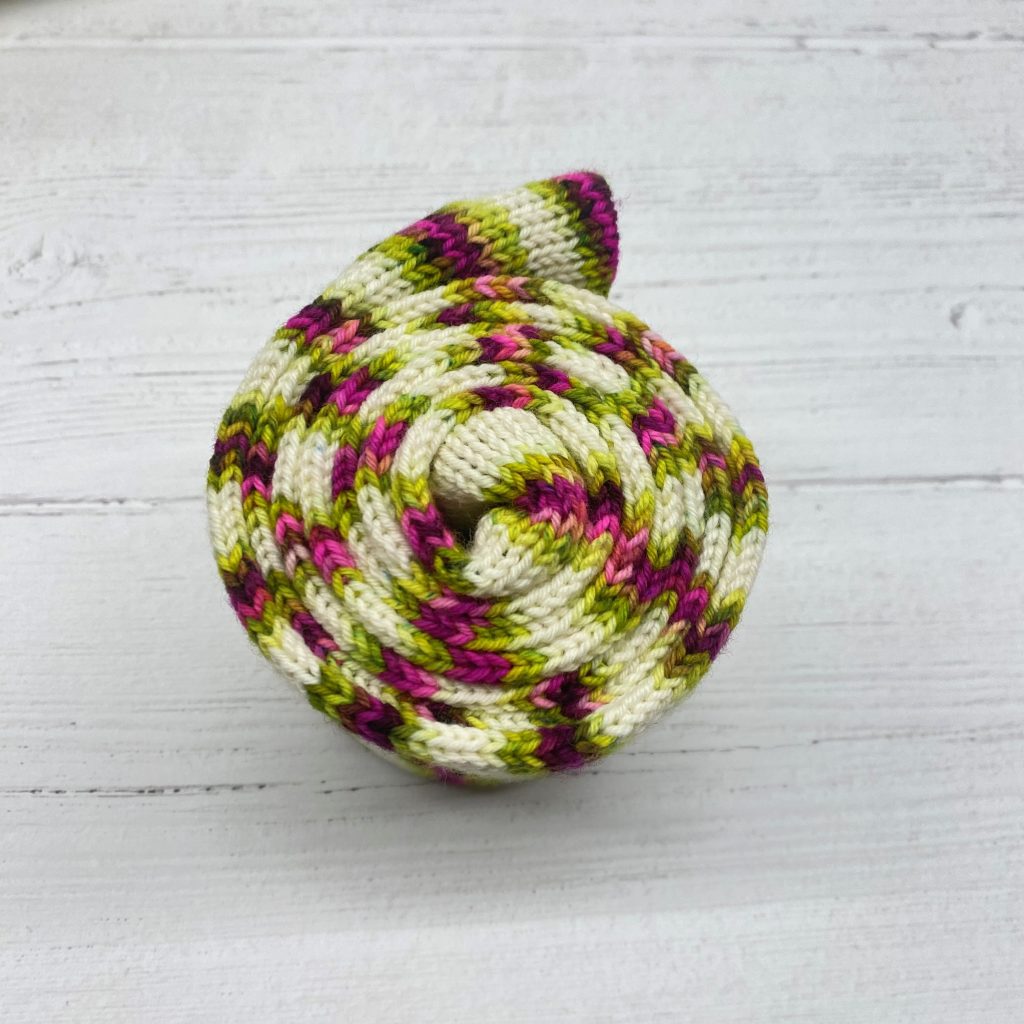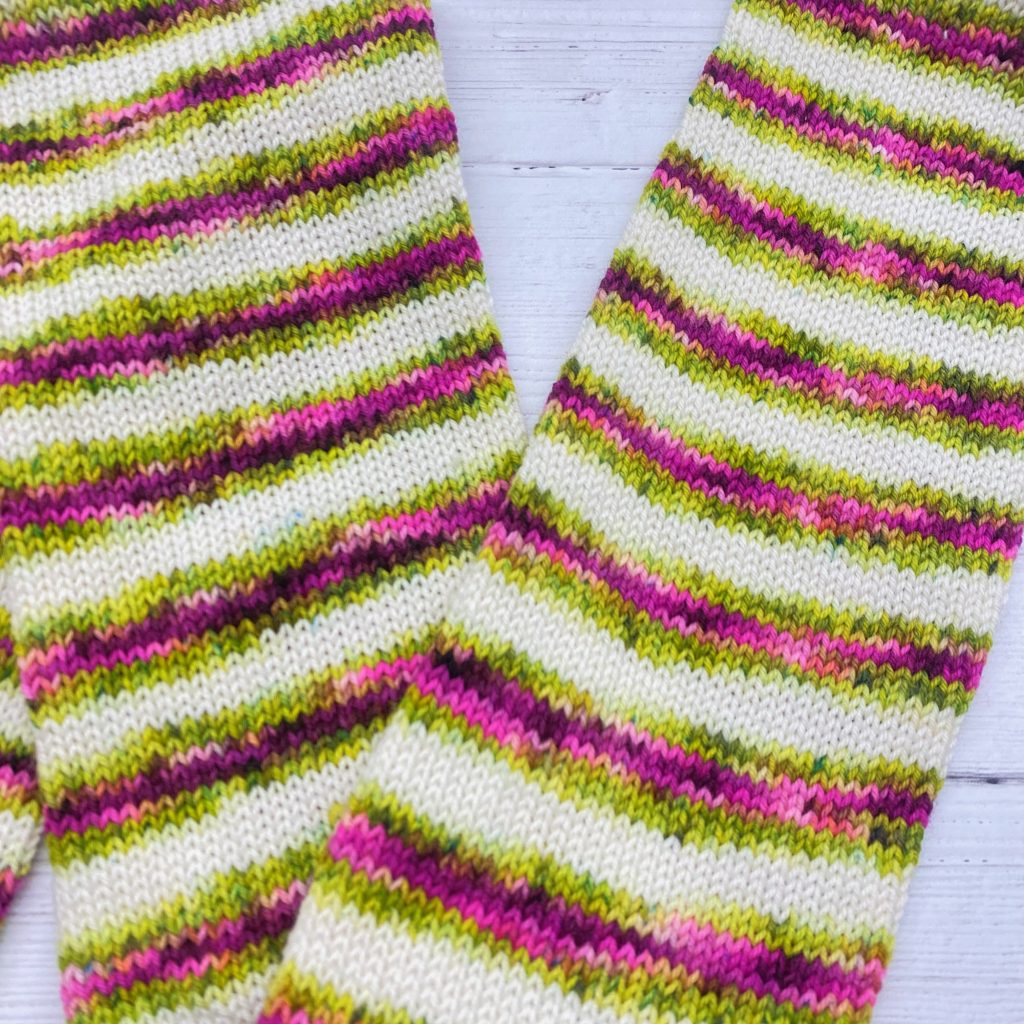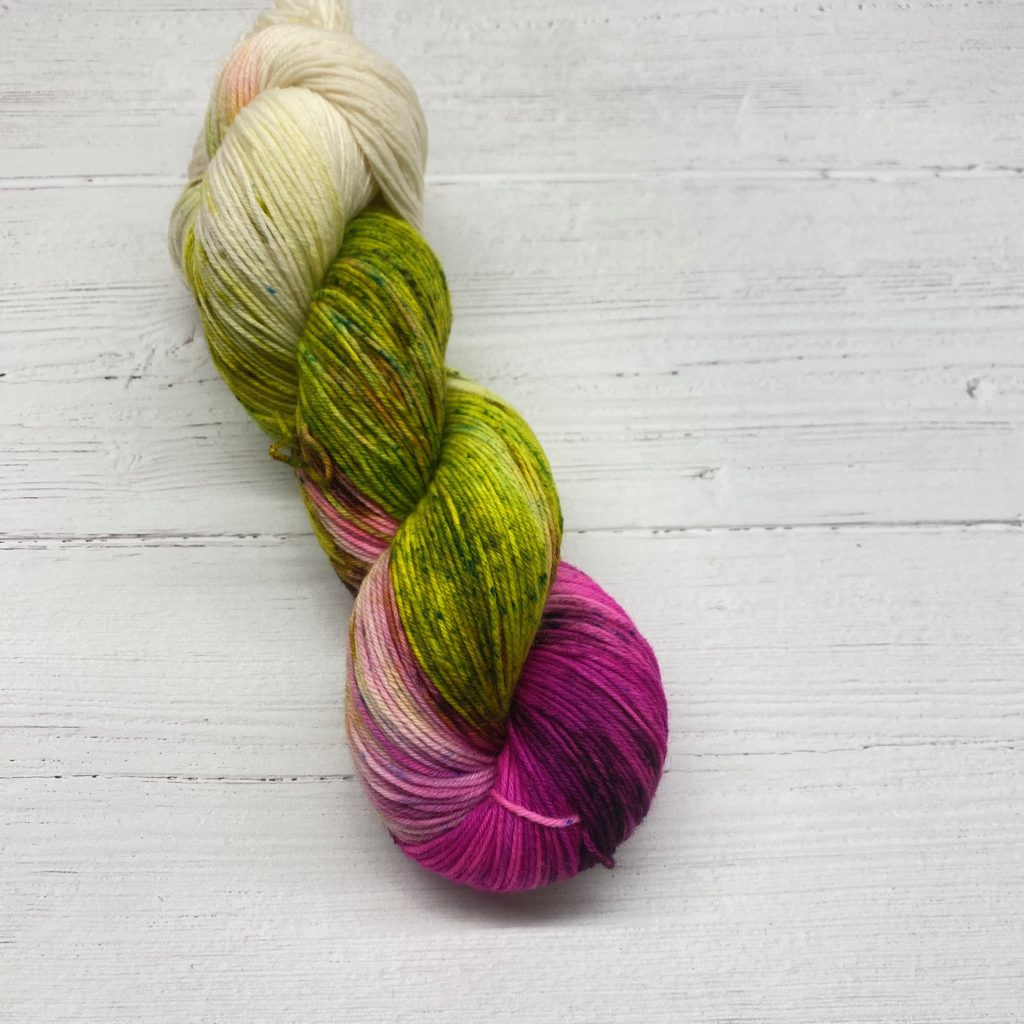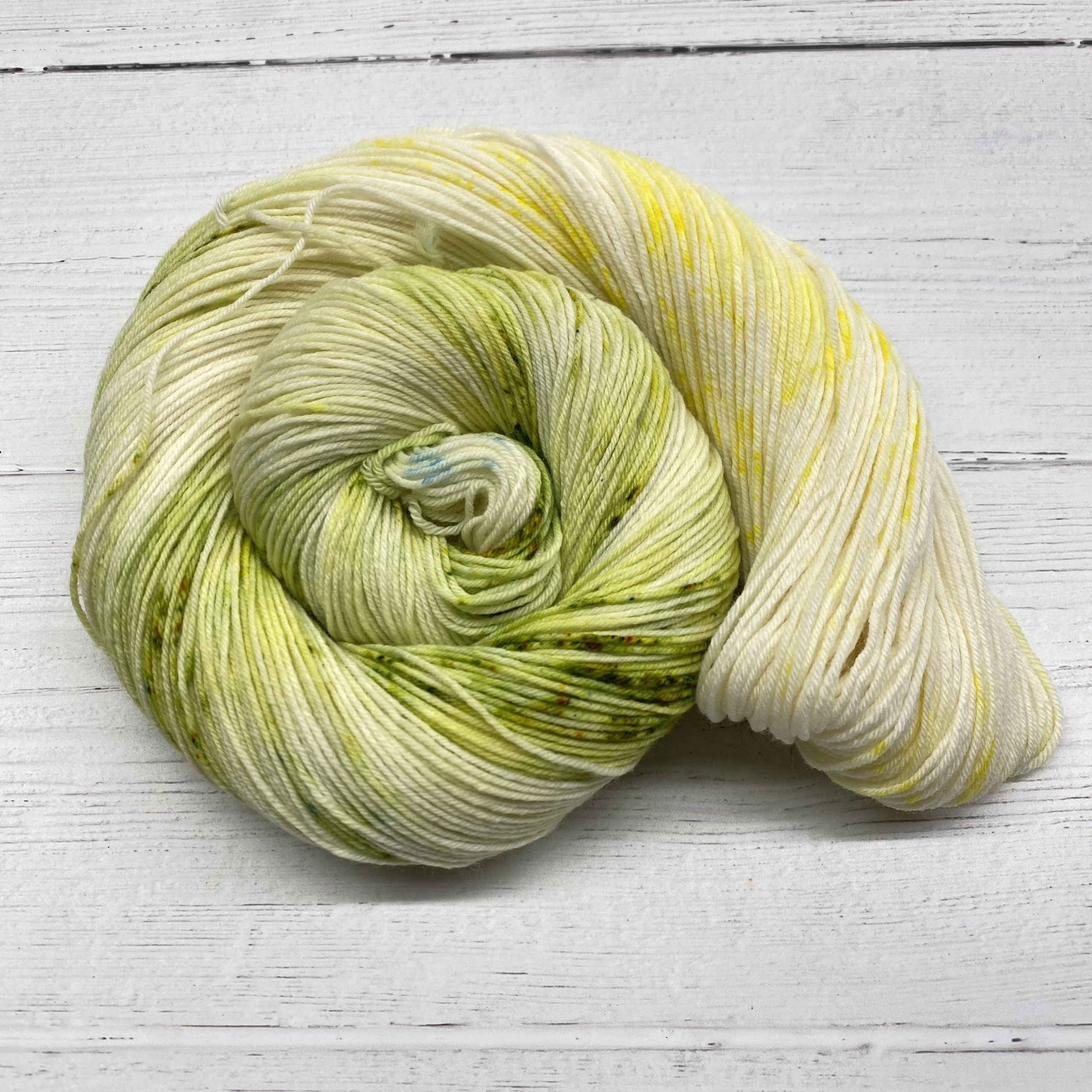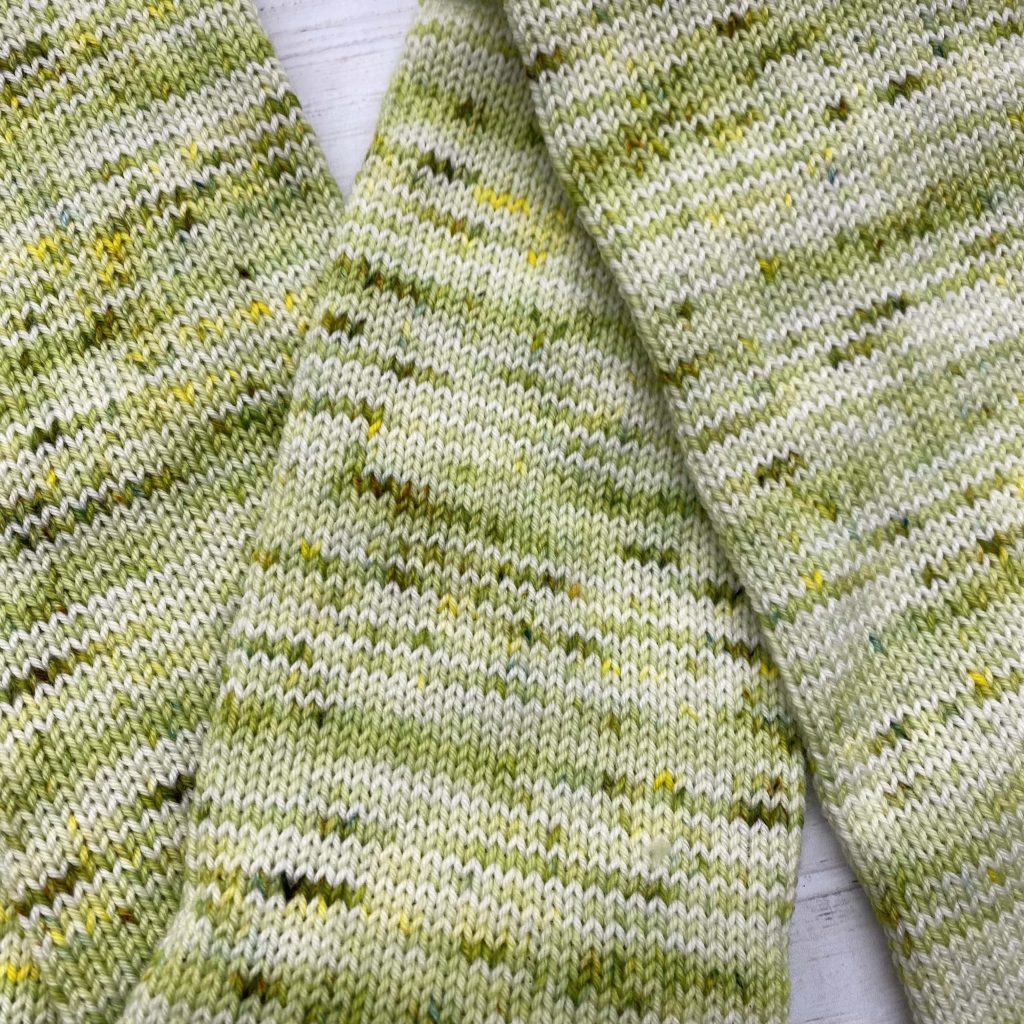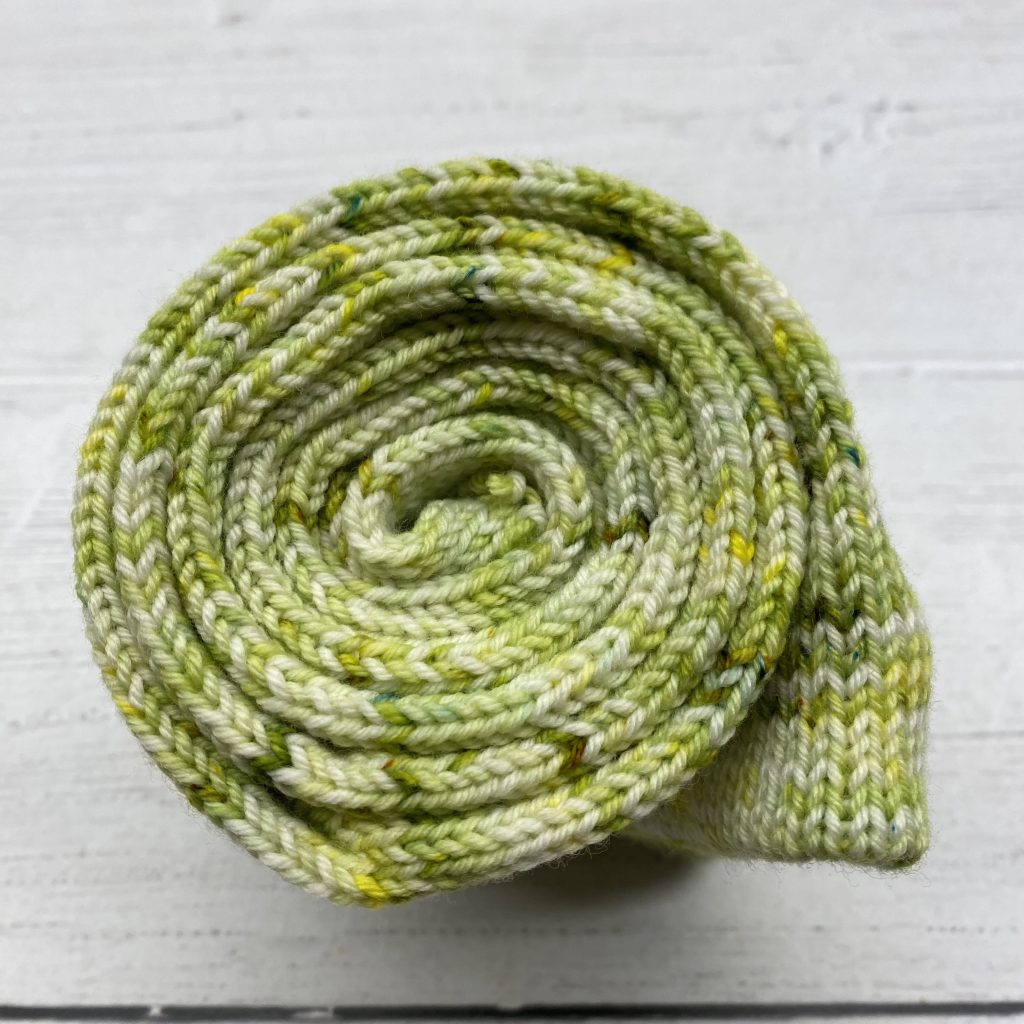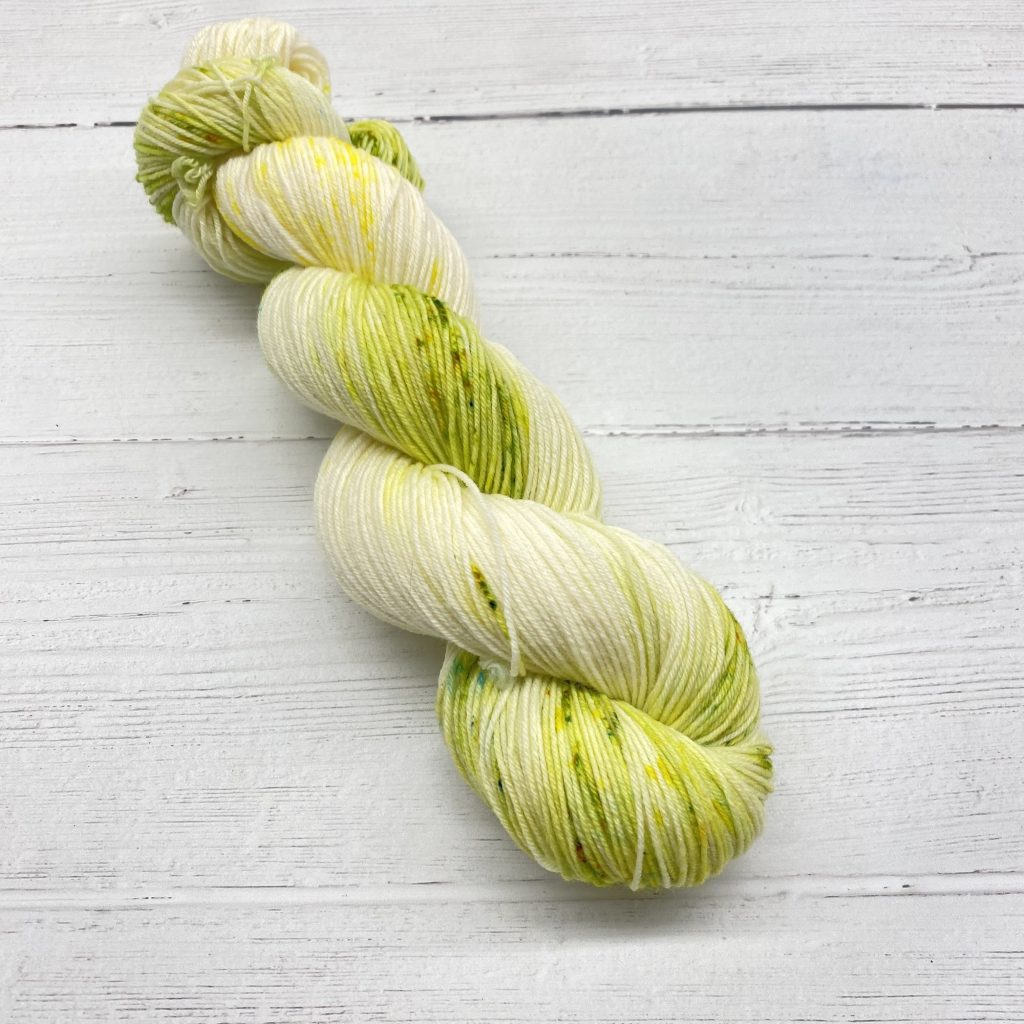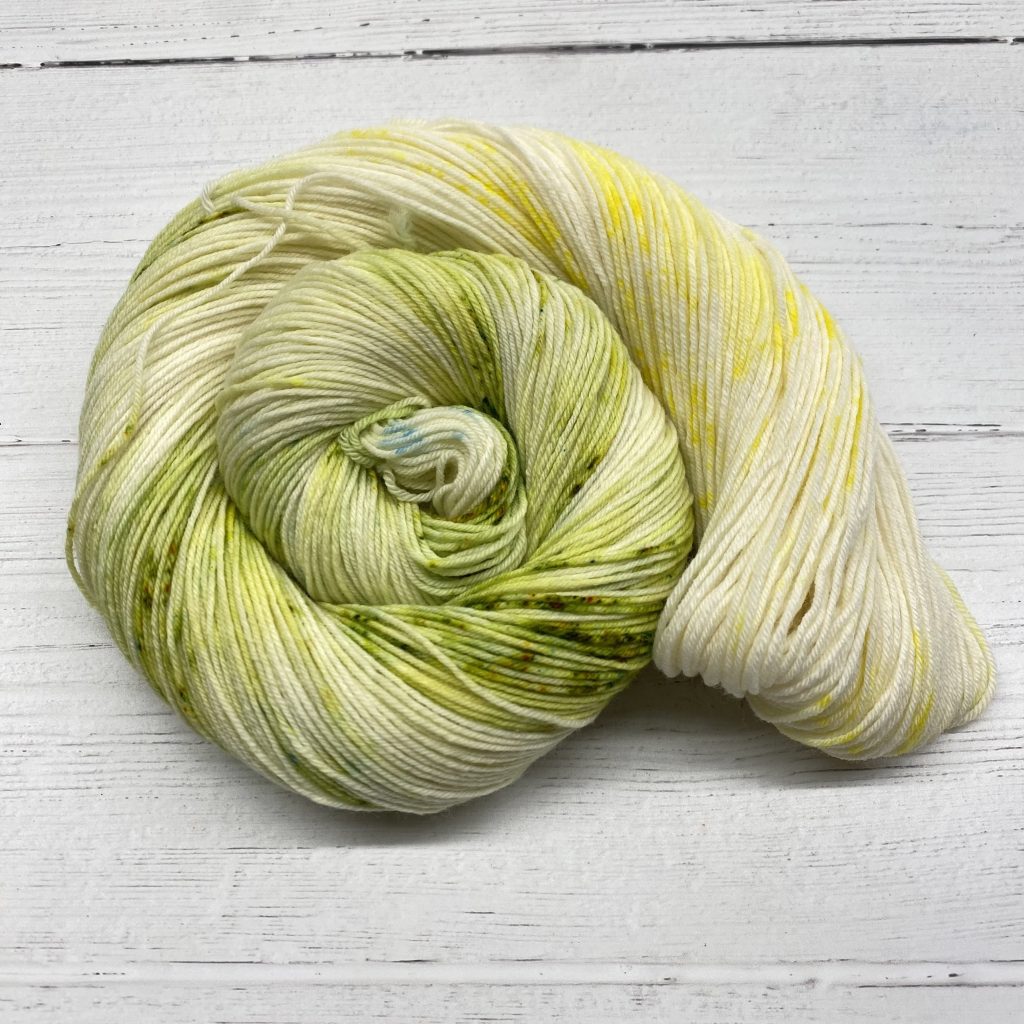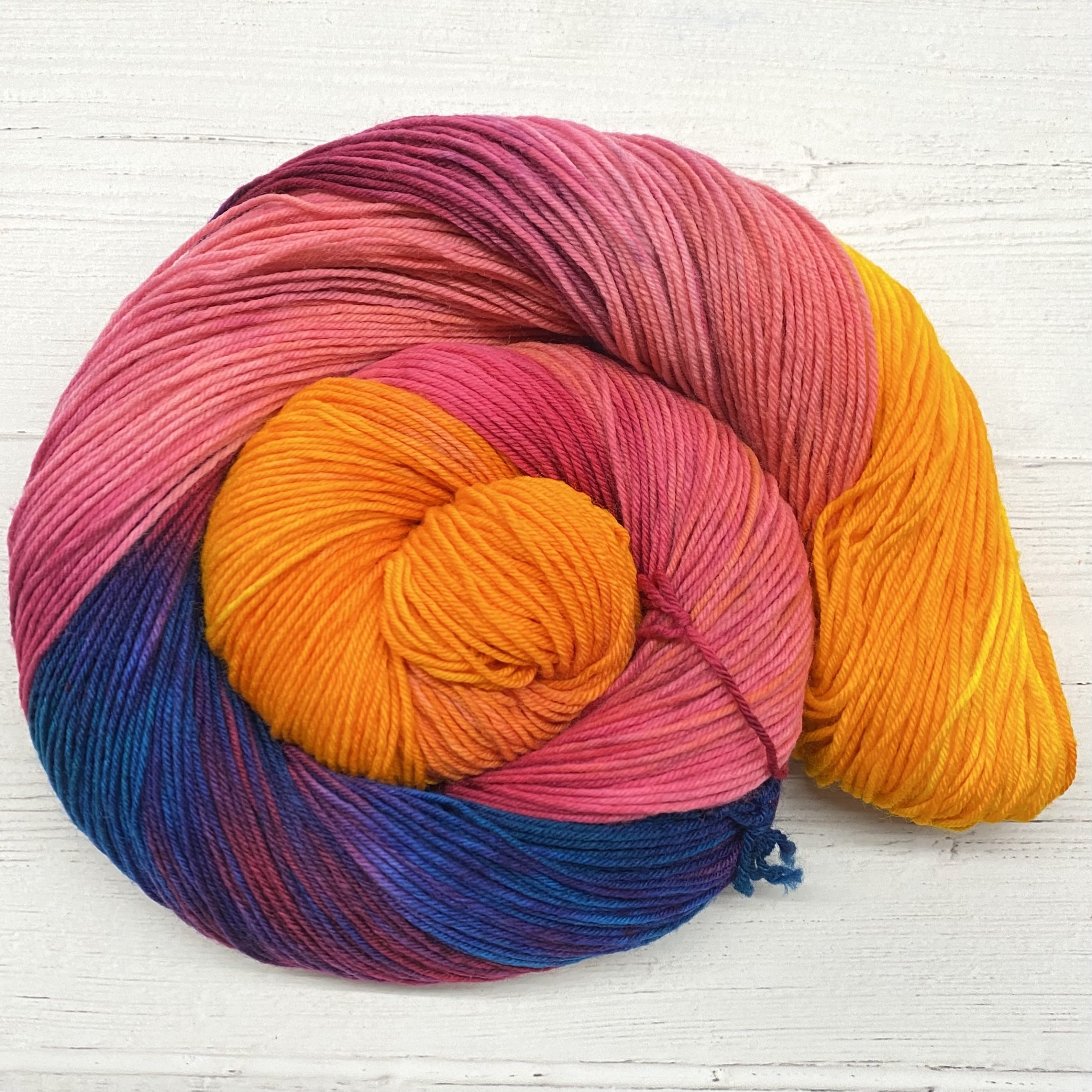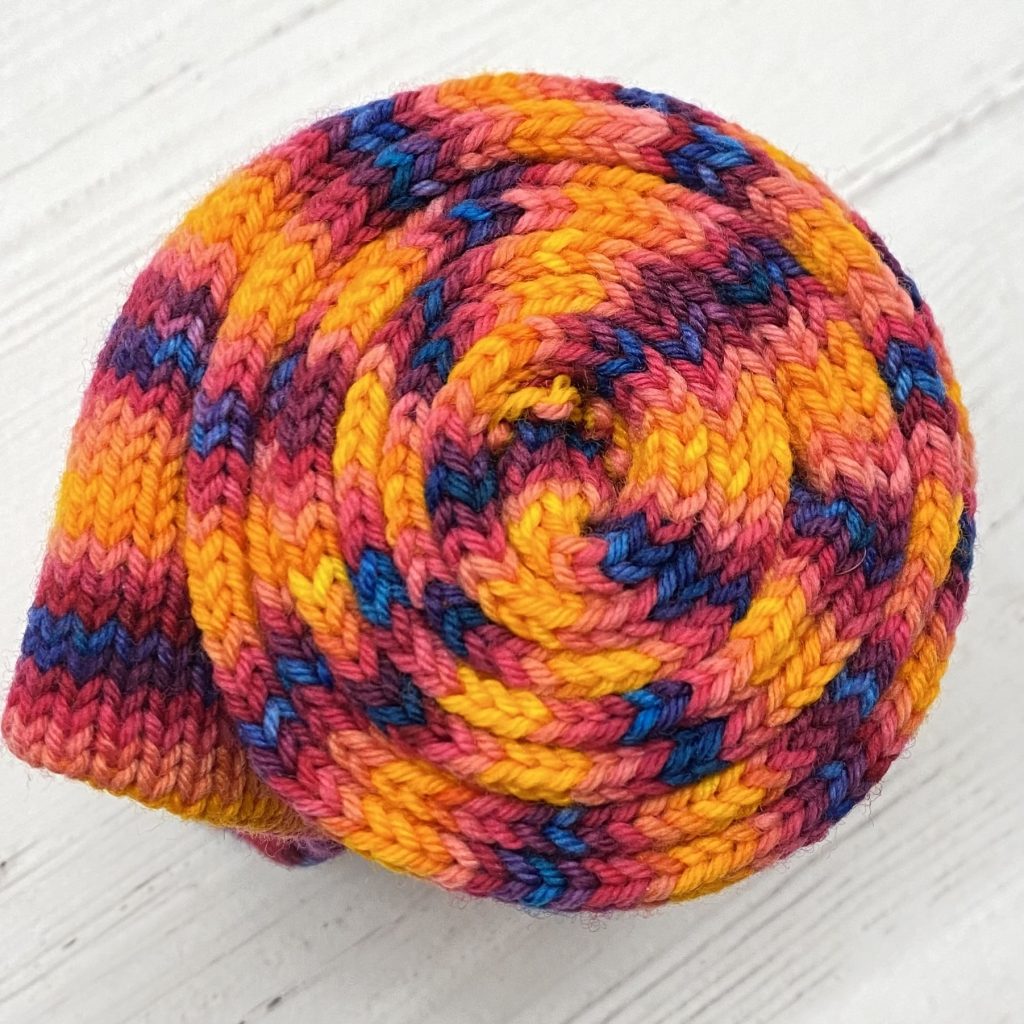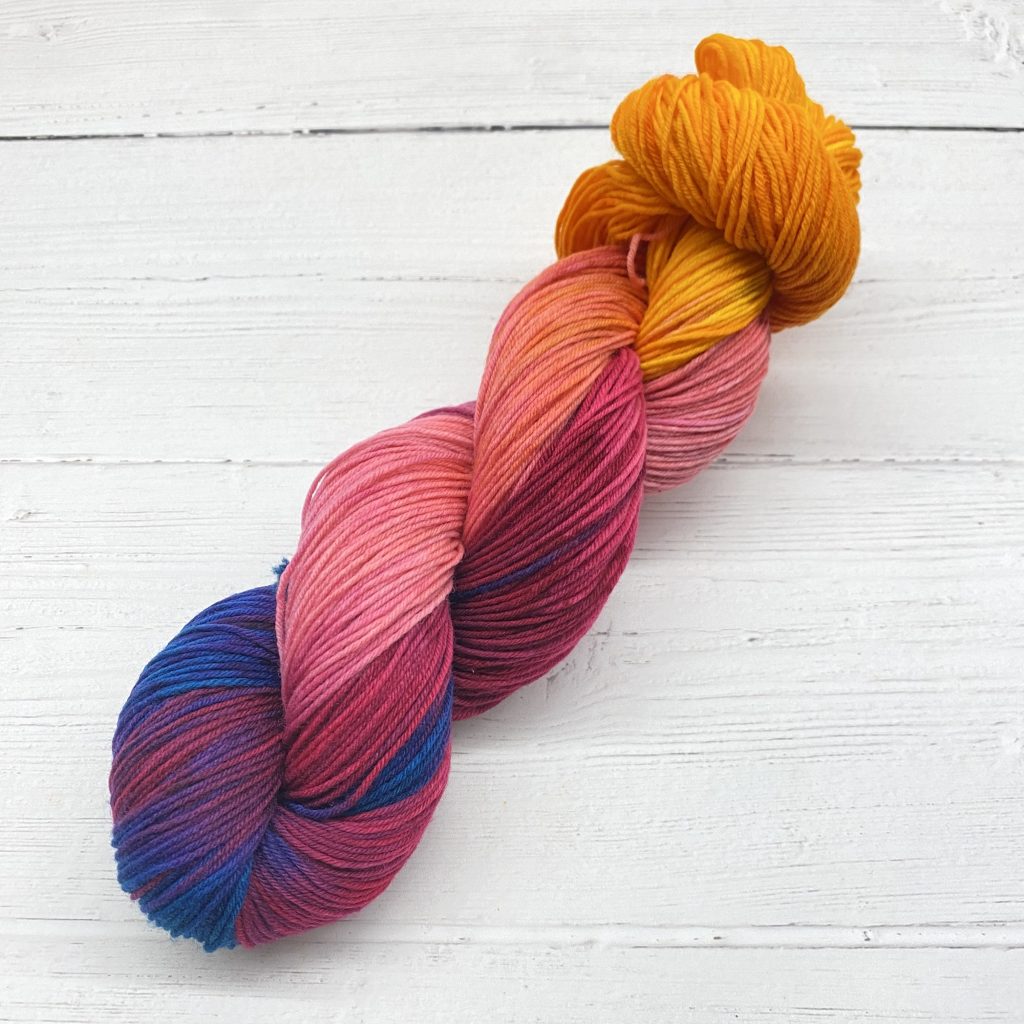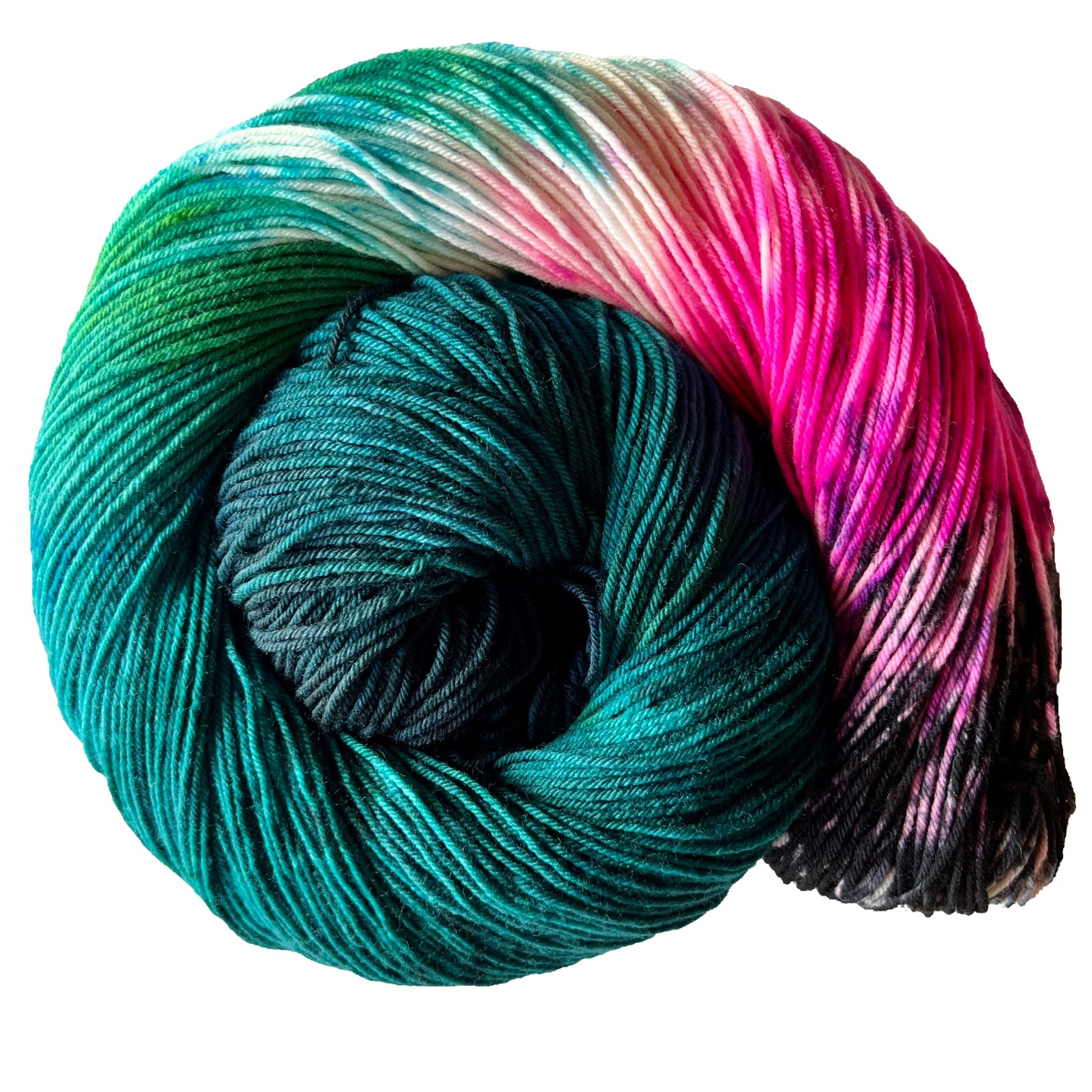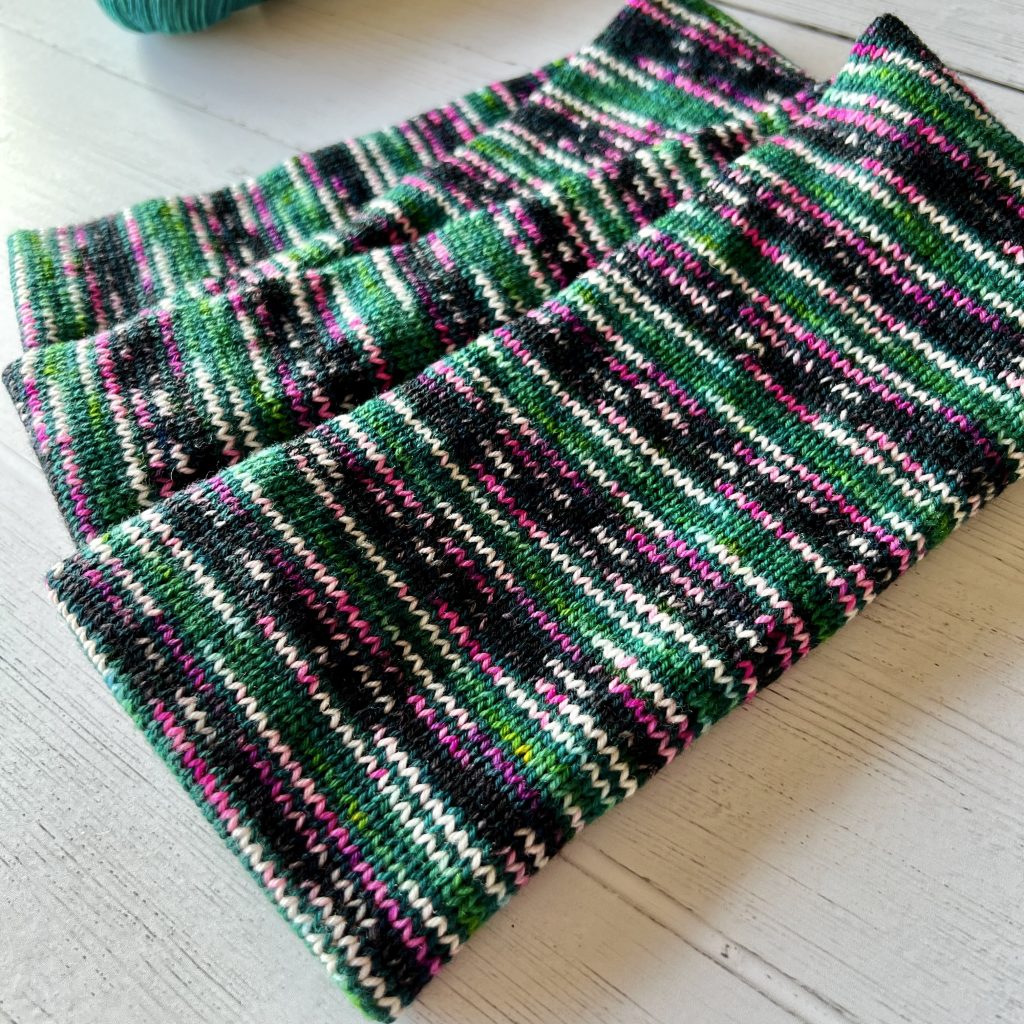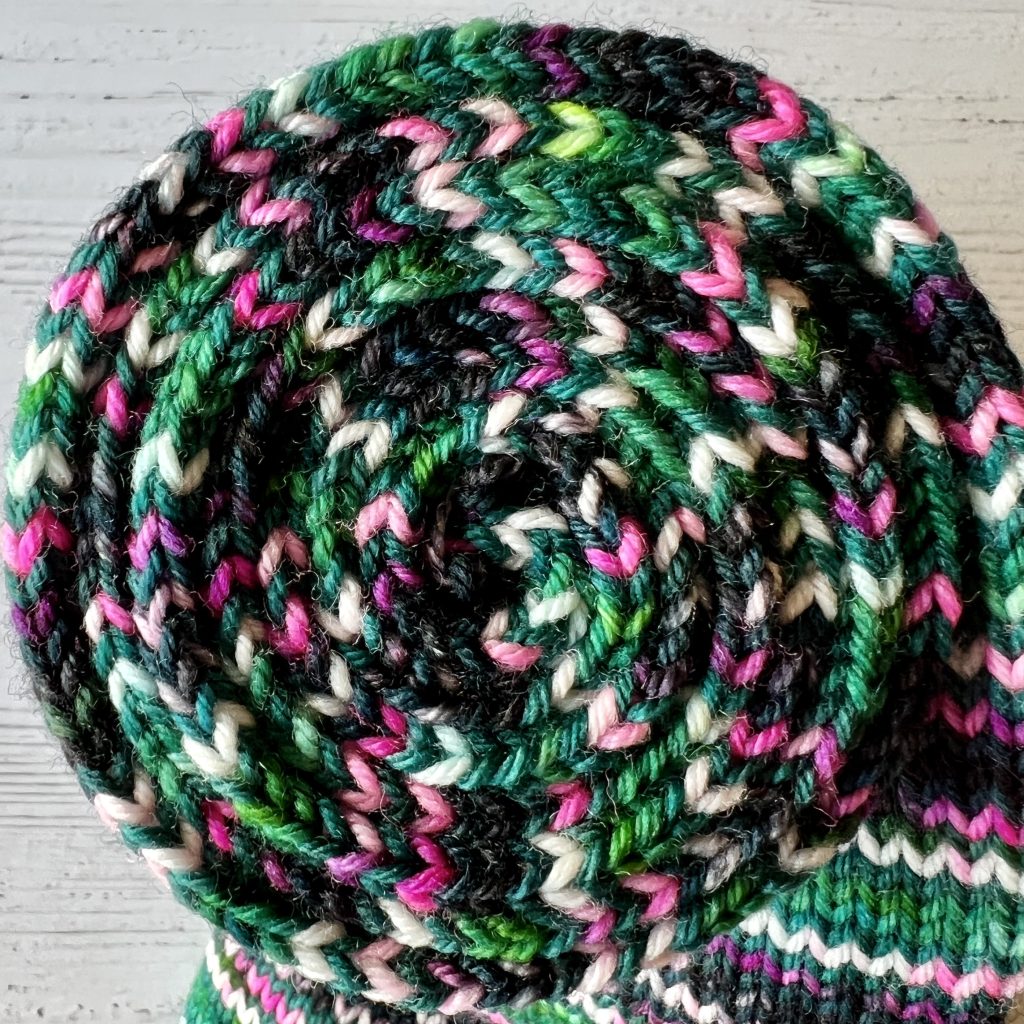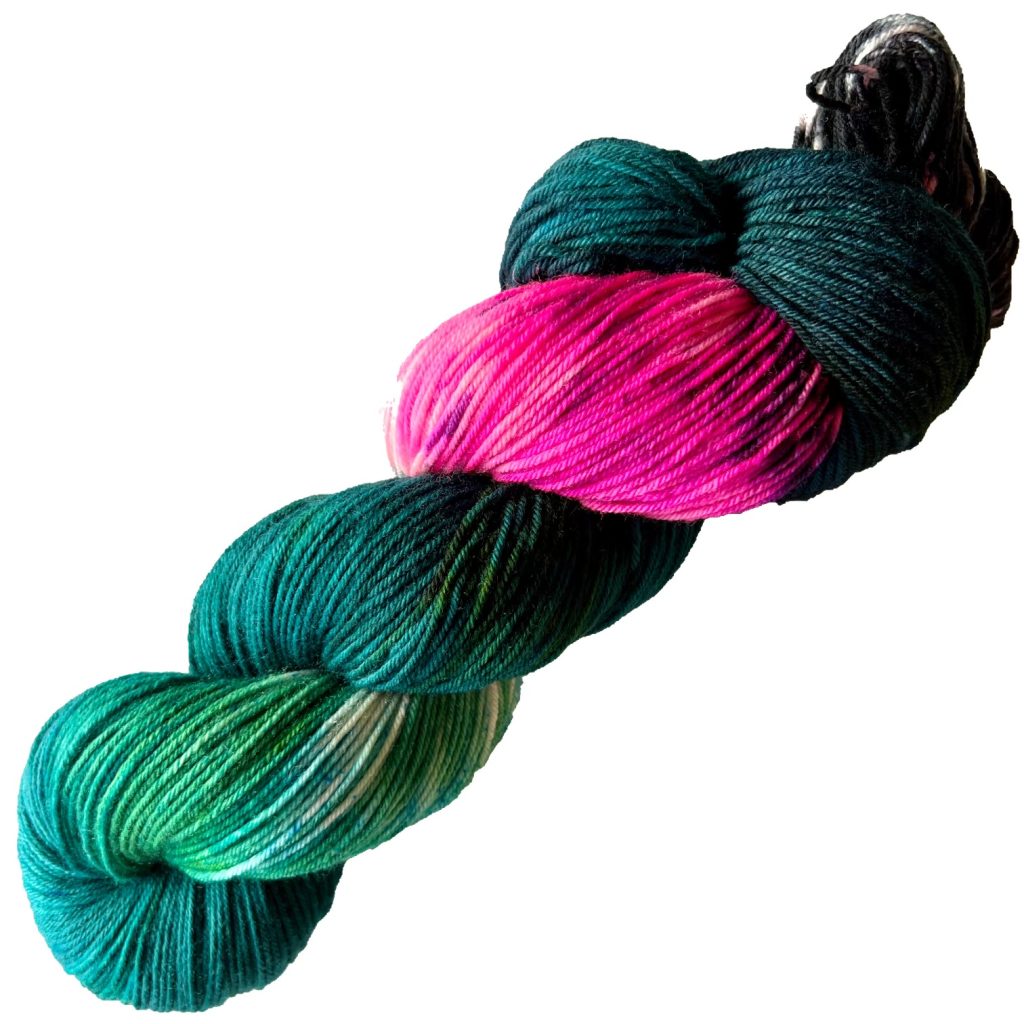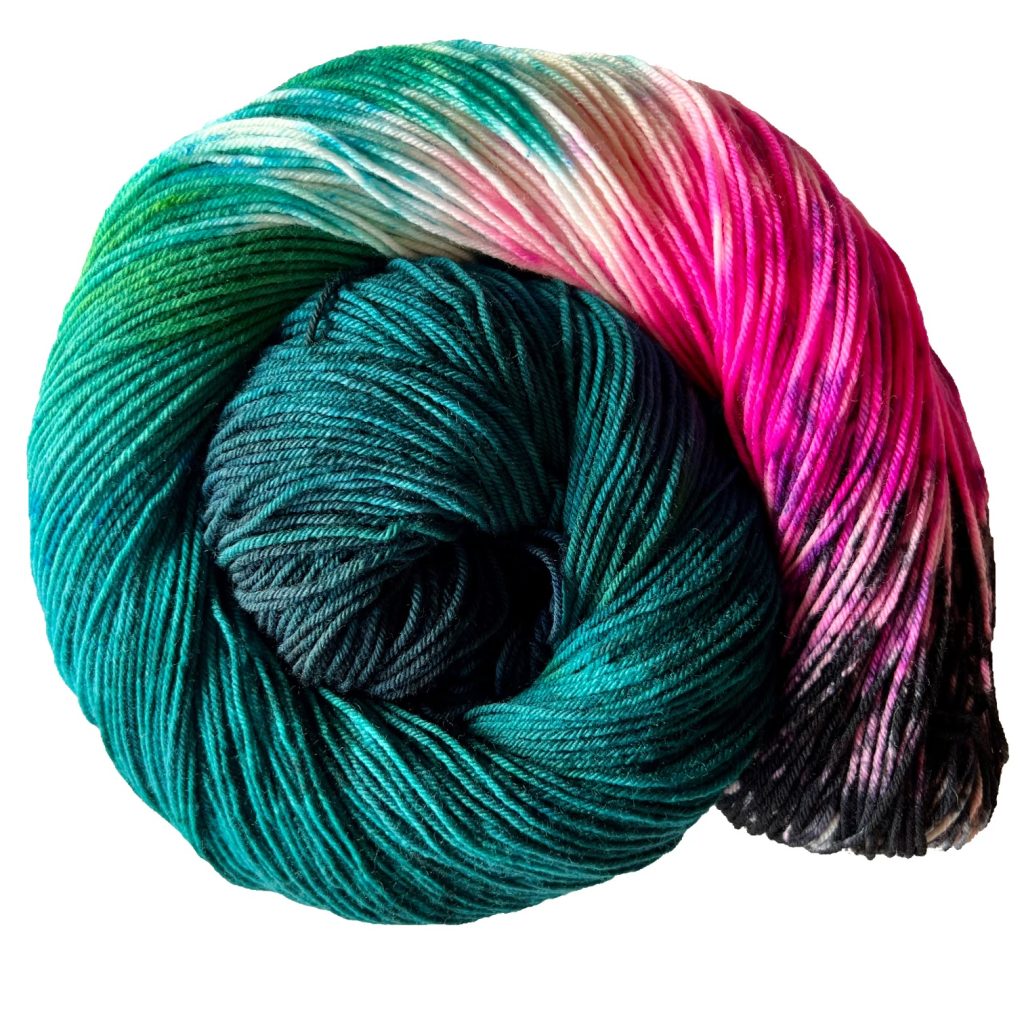Known as “Her Deepness” or “The Sturgeon General,” Sylvia Earle is a legend in oceanic study and advocacy. She’s an American marine biologist, oceanographer, explorer, author, and lecturer. She has been a National Geographic Explorer at Large since 1998. She was the first female chief scientist of the U.S. National Oceanic and Atmospheric Administration, and was named by Time Magazine as its first Hero for the Planet in 1998. Much of her time and energy is spent educating people about and advocating for the health of our oceans, making sure it is known that the planet’s health is dependent on the health of the oceans. In other words, she’s amazeballs.
Inspired by a long-standing love of the outdoors and the work of Rachel Carson, Sylvia Earl always knew she’d make her living in and in service to the natural world. She began her studies in the 1950s, earning an Associate’s, Bachelor’s, and Master’s degrees in quick succession, but it took her 10 years to earn her PhD because she got married and had 2 children. But she did it, and experienced that unique-to-women feeling of constant juggling, missing things in her children’s lives for work, and missing opportunities at work due to her kids.
In 1970, she was the captain of the first all-female team to live underwater. Called the Tektite II, Earle and 4 other female scientists lived for weeks in an enclosed habitat on the ocean floor 50 feet below the surface, off the Virgin Islands. By this time, Dr. Earle had spent more than a thousand research hours underwater, more than any other scientists who applied to the program, but, as she says, “the people in charge just couldn’t cope with the idea of men and women living together underwater,” so she was denied the first time she applied. Fortunately, other female scientists also applied for this research team. She and her fellow scientists received a ticker-tape parade and a White House reception upon their return to the surface. Of course, they were called “aqua-babes” and asked about lipstick and hair dryers by journalists at the time, but they did it!
In 2009, she founded Mission Blue, an organization dedicated to protecting the ocean from threats such as climate change, pollution, habitat destruction, invasive species, and the dramatic decrease in ocean fish stocks. Earle has logged in more than 7,000 hours underwater, and was instrumental in having Google Earth display ocean data.
Sylvia has dived in all five of the world’s oceans, and plays a leading role in establishing marine protected areas (MPAs) as “hope spots” around the world. Protecting the ocean really protects ourselves, Sylvia says. “We are all sea creatures. We all depend on the ocean.” Listing out all of her achievements would take pages and pages, so we’ve picked some of our faves, but we do encourage you to learn more about this inspiring woman.
Our colorway, Seagrass, is an homage to everything Sylvia Earle holds dear: the beauty of the ocean, the importance of preserving and protecting it, and the resilience she herself embodies.
